| Title | Glacier Bay |
| Park Code | glba |
| Description | Covering 3.3 million acres of rugged mountains, dynamic glaciers, temperate rainforest, wild coastlines and deep sheltered fjords, Glacier Bay National Park and Preserve is known as Homeland to the Huna and Yakutat Łingít, and is a highlight of A... |
| Location | |
| Contact | |
| Activities |
|
| Entrance fees |
|
| Campgrounds | Count: 1
Bartlett Cove Campground
|
| Places | Count: 50
Bartlett CoveBartlett Cove is the launch point for adventures into Glacier Bay. Bartlett Cove contains Glacier Bay's headquarters, as well as the lodge, visitor center, campground, and visitor information station (VIS). 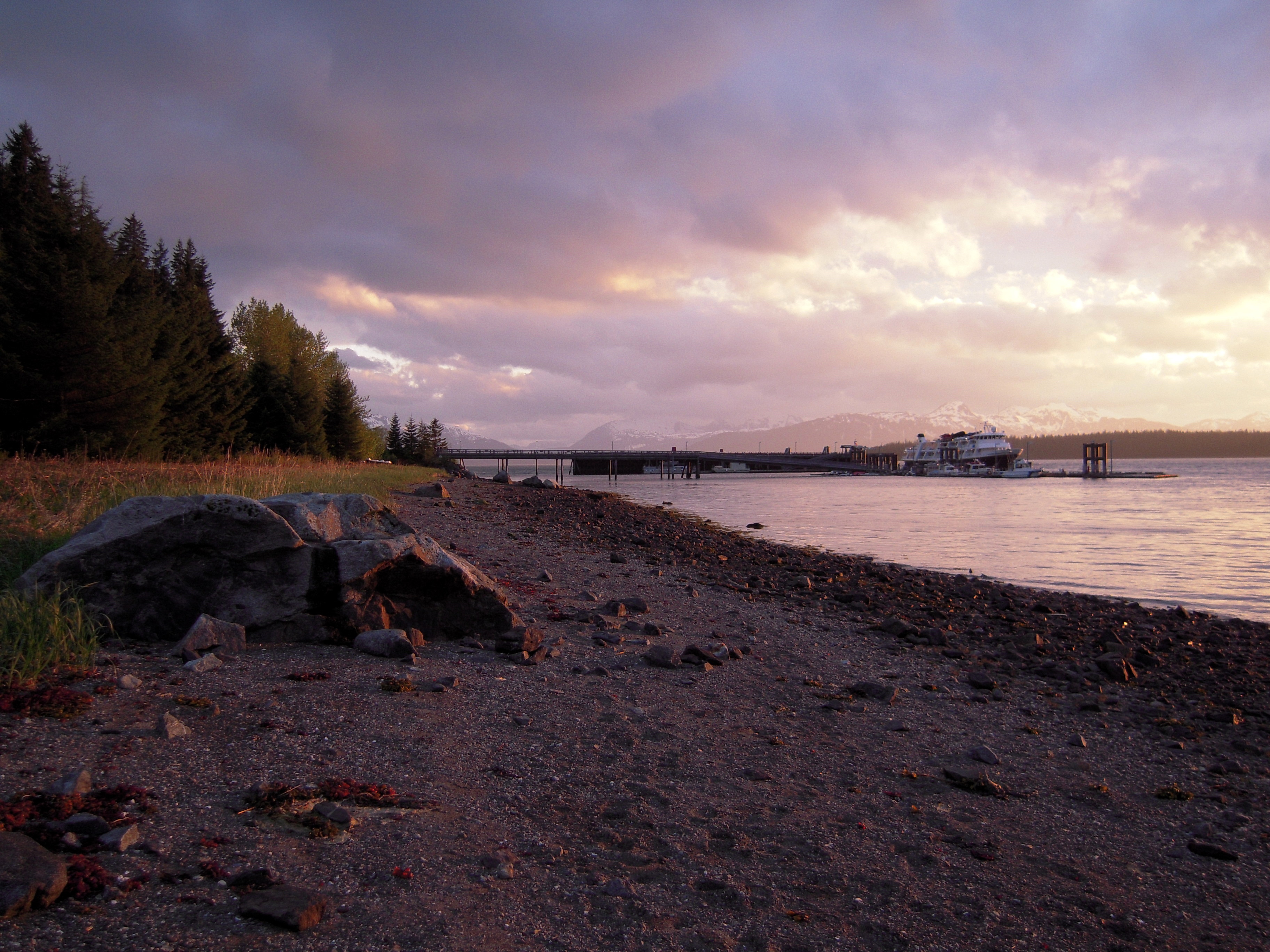
Bartlett Cove Beach RocksThe Beach Trail in Bartlett Cove provides access to the Forest Loop Trail and Campground, as well as the beach. 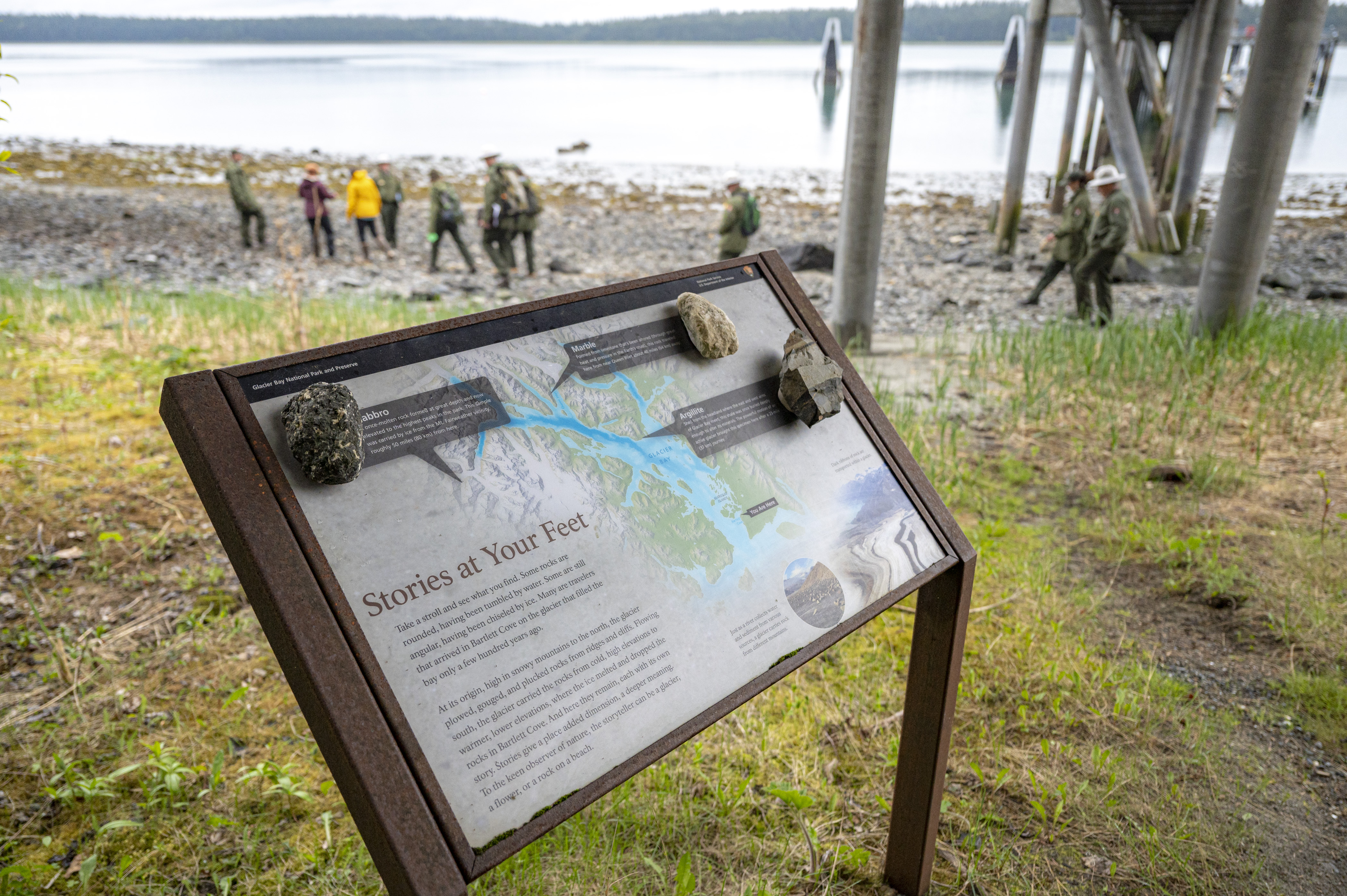
Bartlett Cove Public Use DockThe Bartlett Cove Dock is where the action happens! Launch your adventure by boat here, or visit the dock to take in the sights. 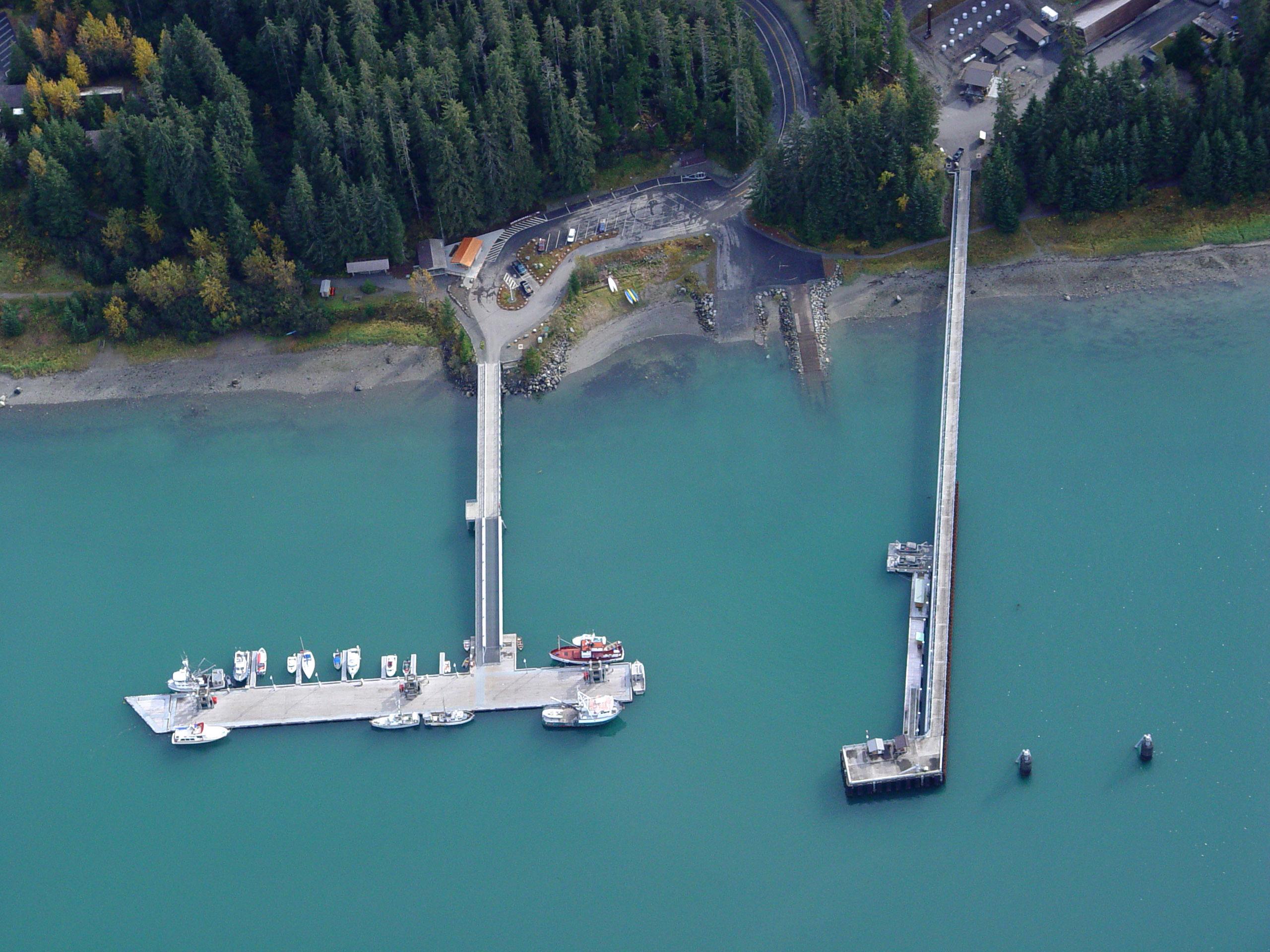
Beardslee IslandsThe Beardslee Islands are a collection of islands just north of Glacier Bay's park headquarters in Bartlett Cove. Experience wilderness in its purest form from a human-powered boat, walk countless miles of wild coastline, and explore limitless lush forests. 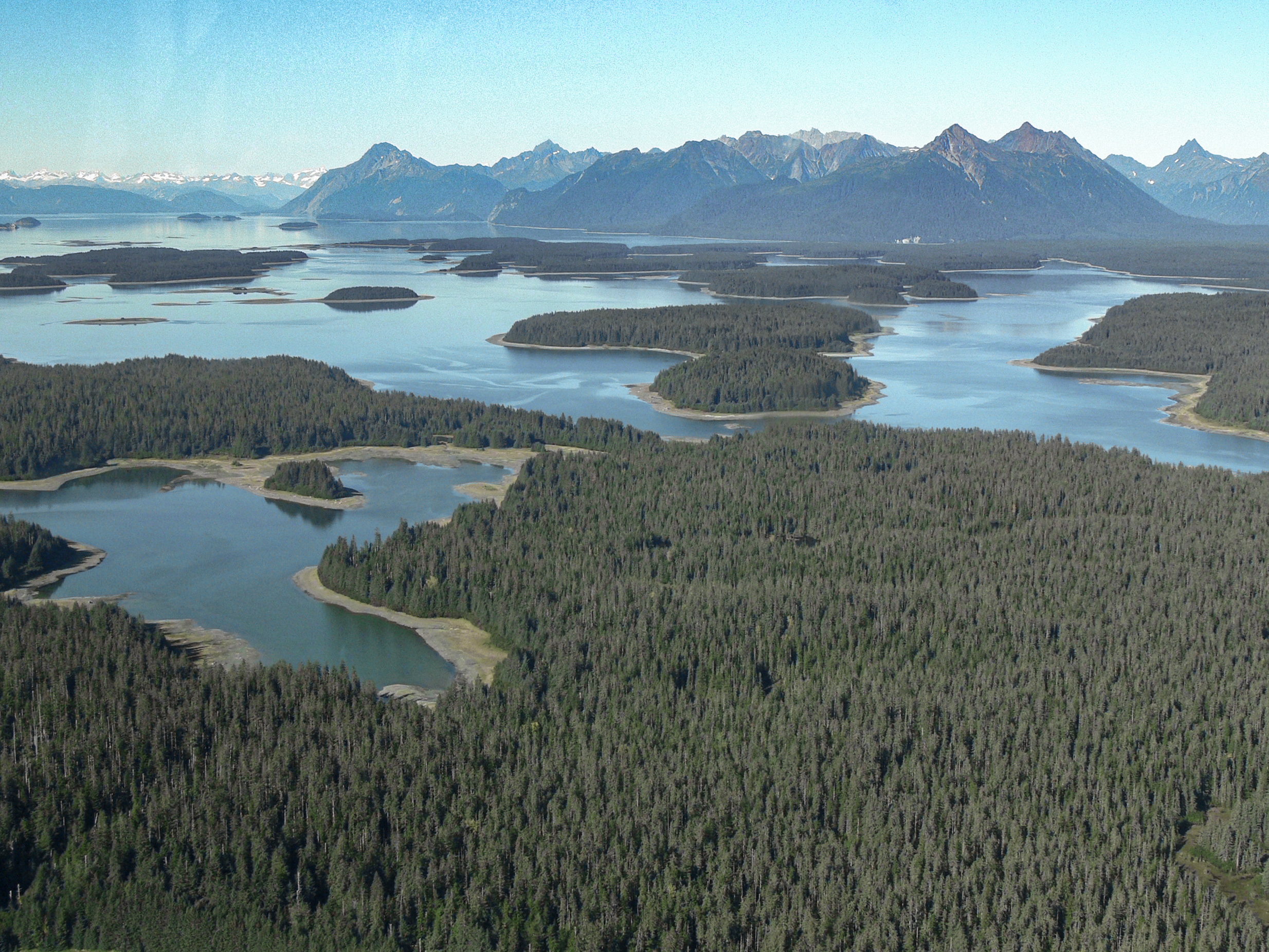
Beartrack MountainsThe Beartrack Mountains are located just to the north of the Beardslee Islands in Glacier Bay National Park 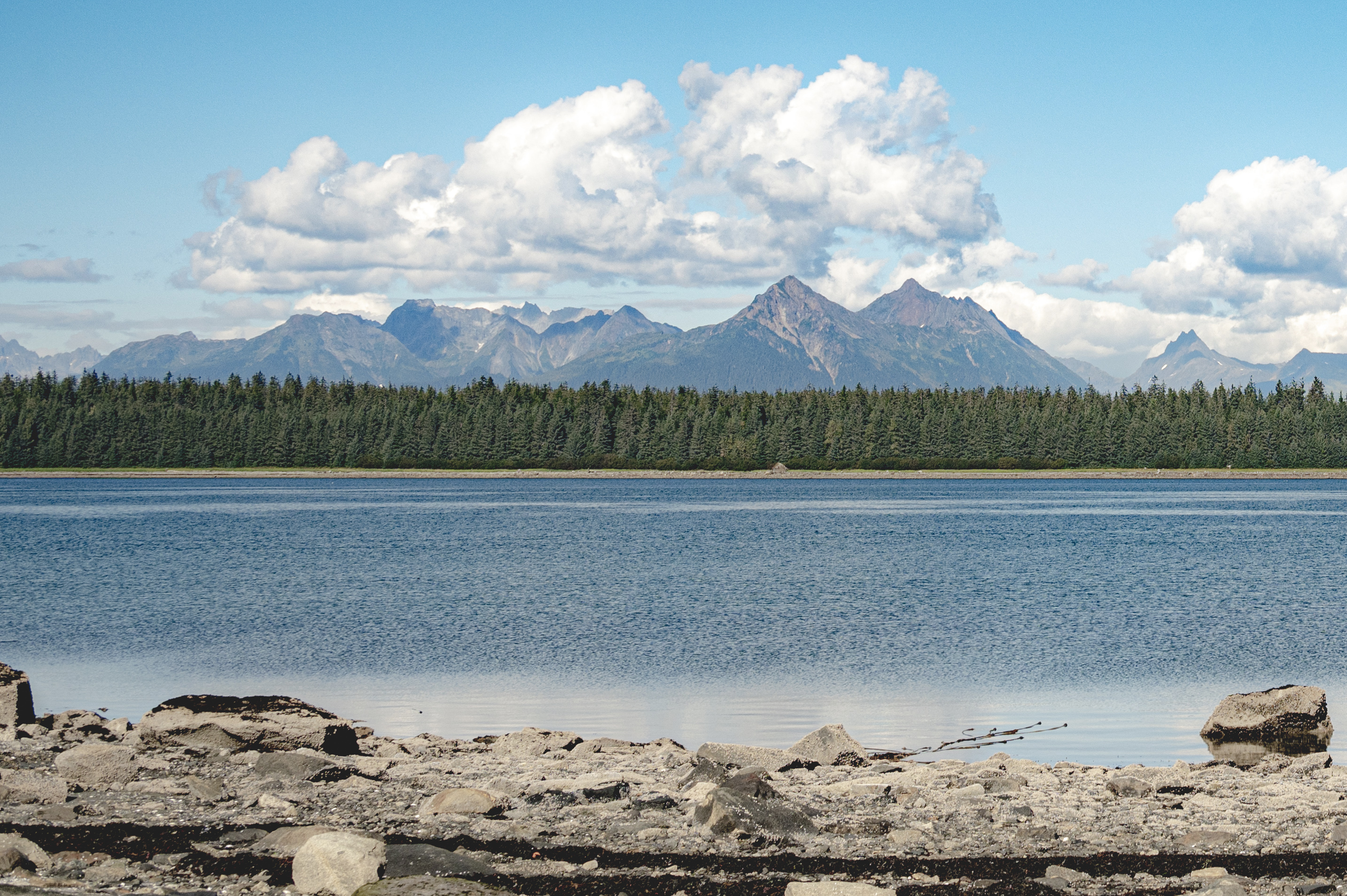
Birds of South Marble: Black OystercatcherA striking black bird with bright orange beak, the black oystercatcher visits Glacier Bay on its migratory journey each year. 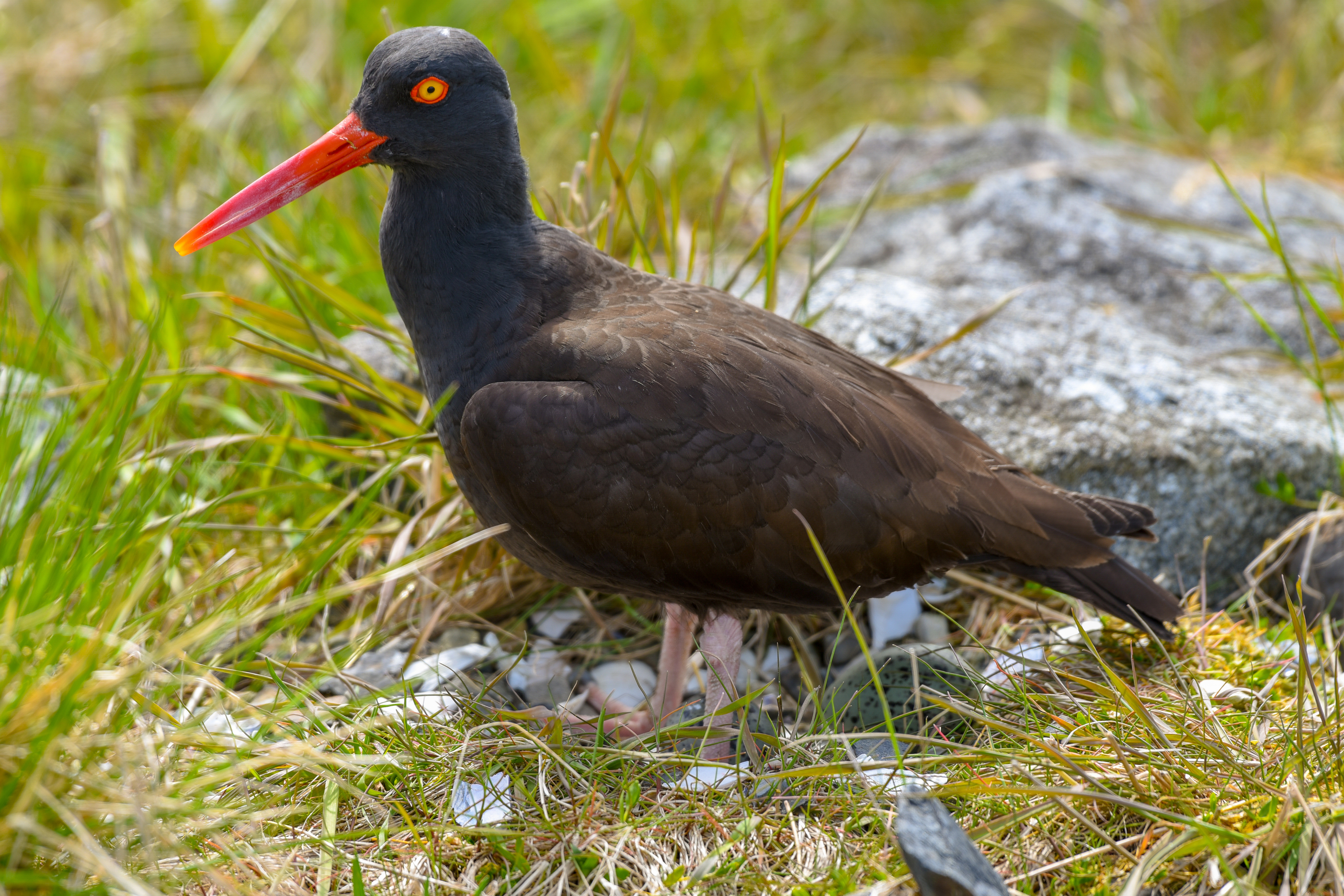
Birds of South Marble: Black-legged Kittiwakeblack-legged kittiwakes migrate to Glacier Bay each summer to nest and breed. 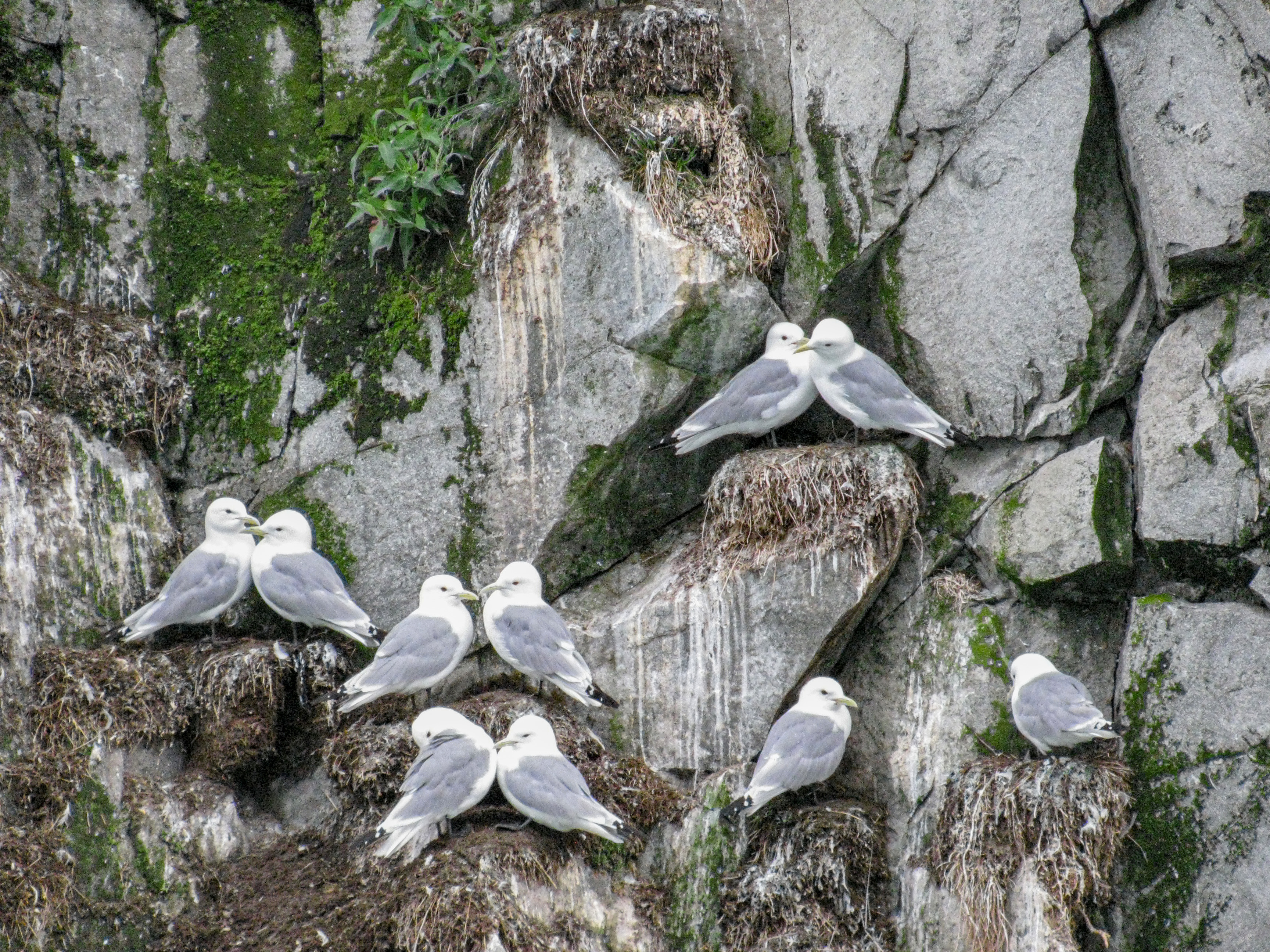
Birds of South Marble: Common MurreCommon murres are often seen on South Marble Island in Glacier Bay National Park in the summertime. 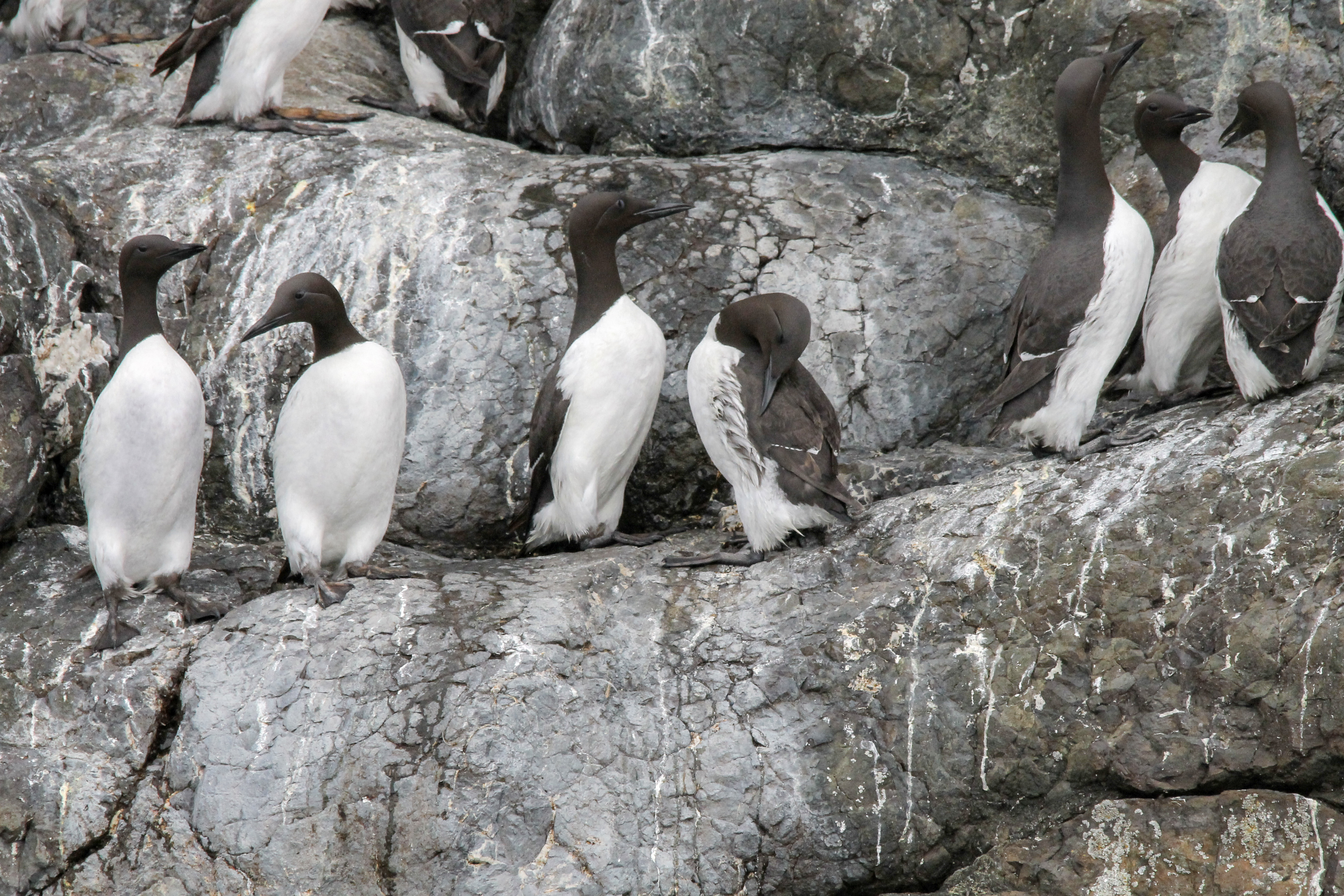
Birds of South Marble: Glaucous-winged GullThe glaucous-winged gull is a year-round occupant of Glacier Bay. 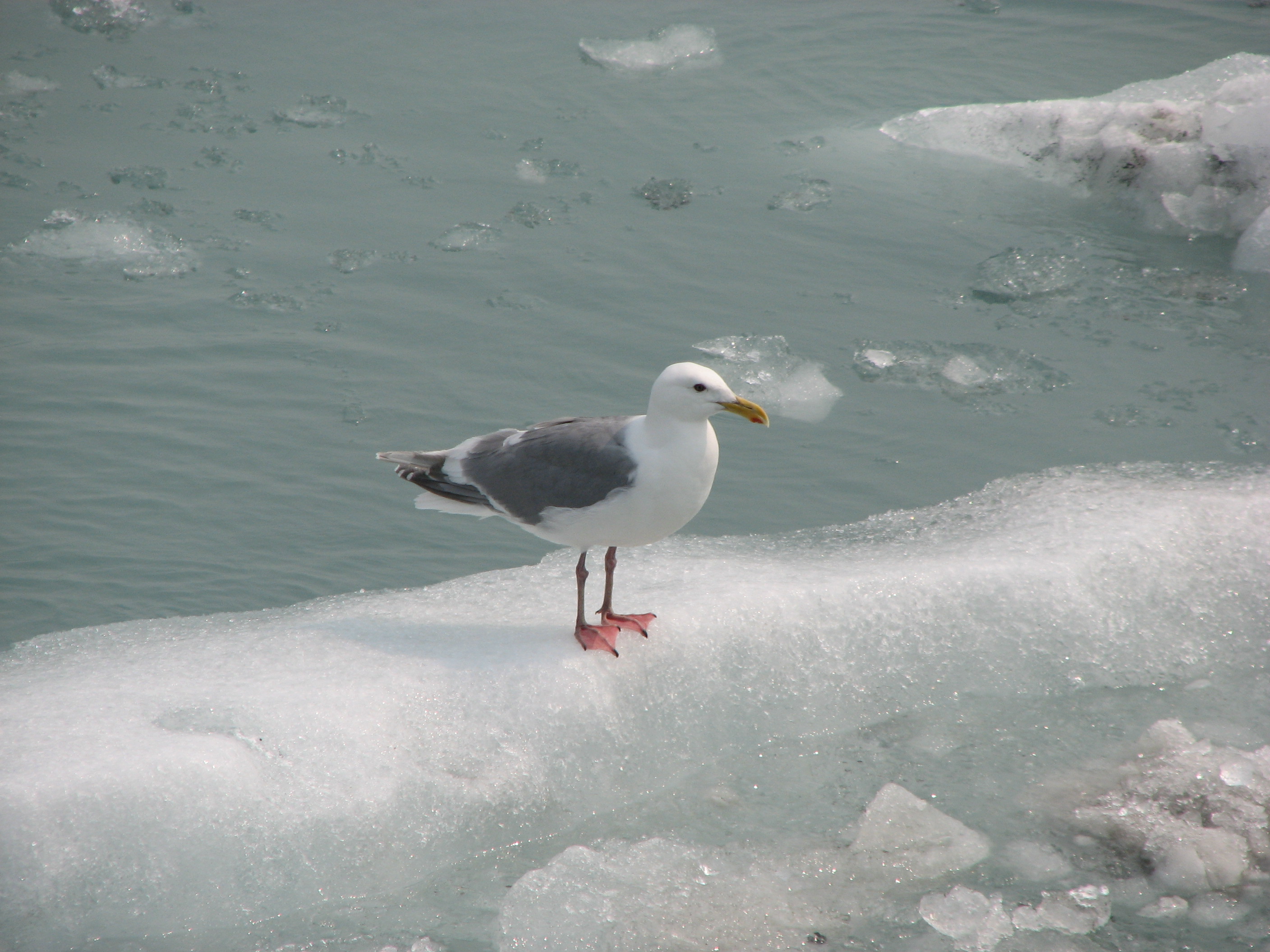
Birds of South Marble: Horned PuffinThe horned puffin is a slightly less common puffin found in the summer months in Glacier Bay. 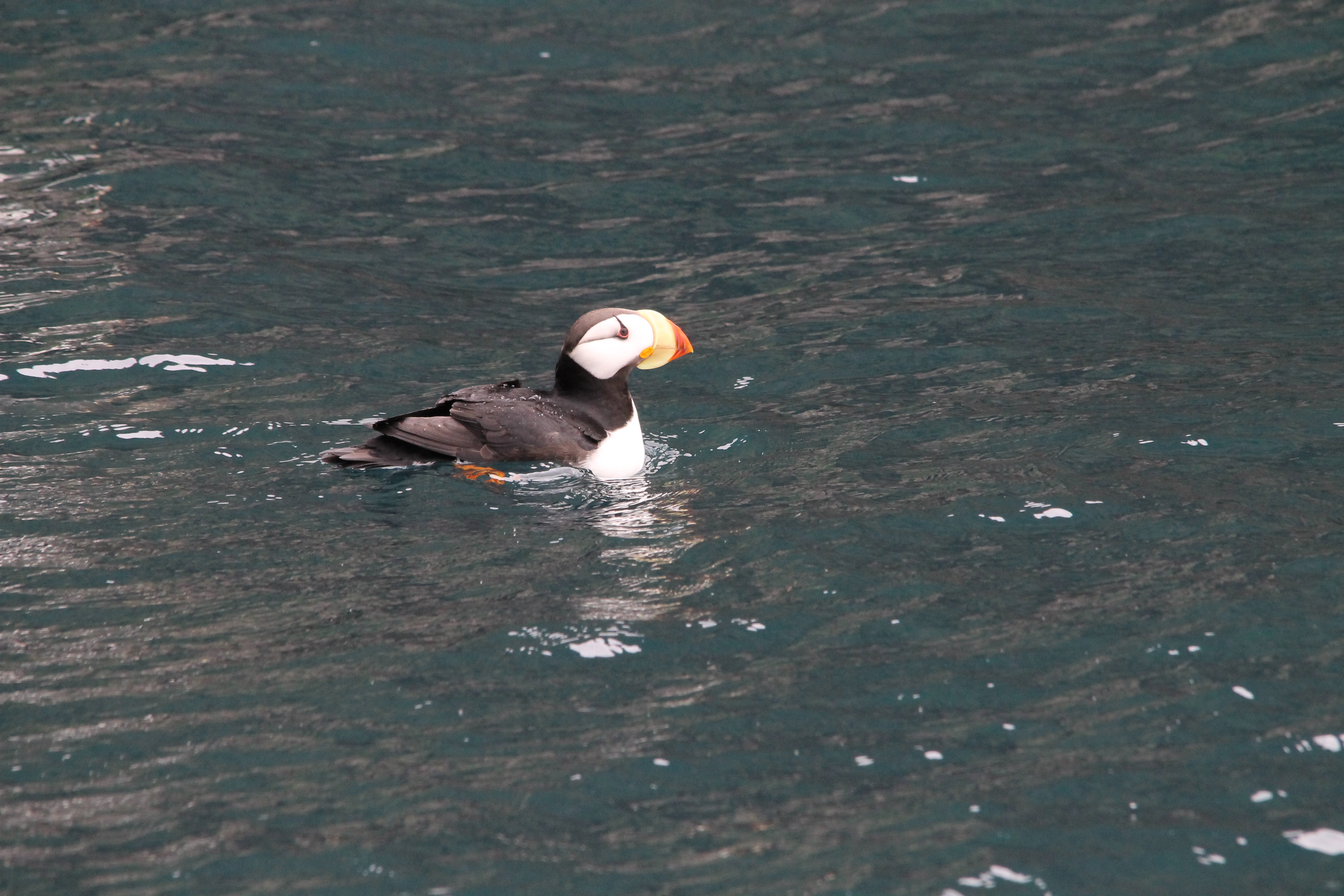
Birds of South Marble: Kittlitz's MurreletThe kittlitz's murrelet is one of the few animals that rely on glaciers for their habitat. Glacier Bay is one region in which to find these birds. 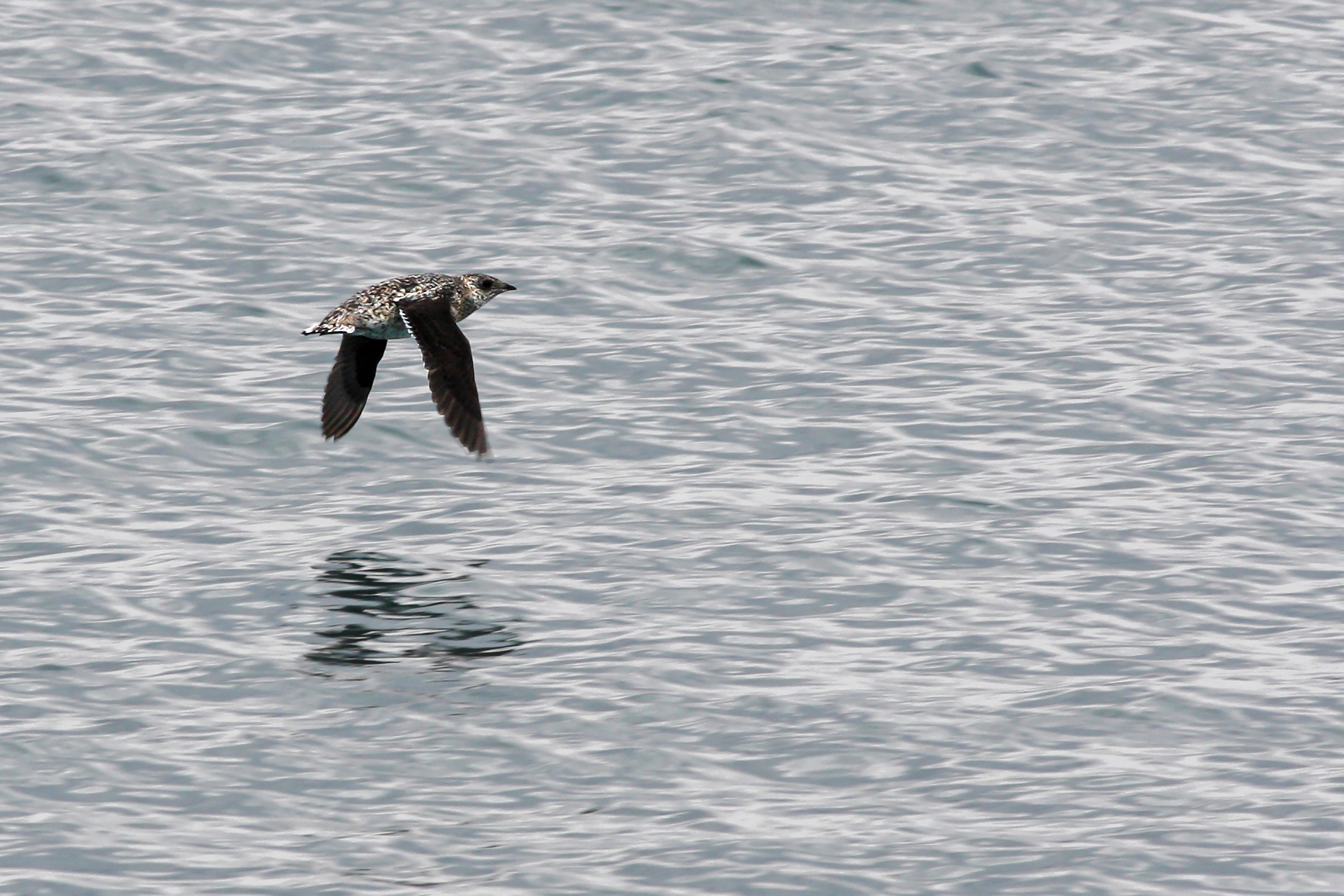
Birds of South Marble: Marbled MurreletThe marbeled murrelet is a common seabird of Glacier Bay National Park. 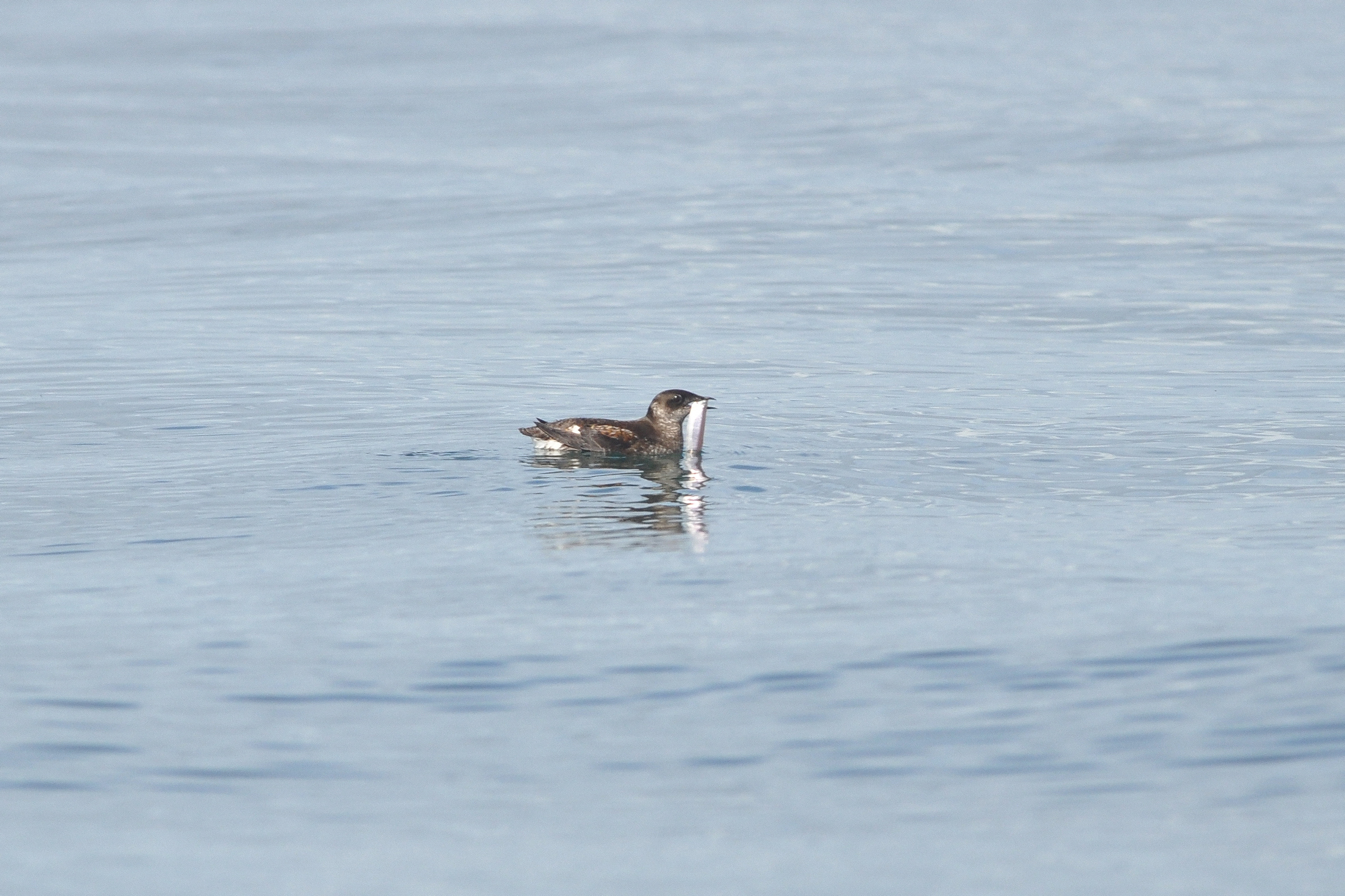
Birds of South Marble: Pelagic CormorantPelagic cormorants are often seen with wings stretched far apart, drying them in the sun. Looking closely at their black feathers, a beautiful iridescence can occasionally be seen. These birds migrate to Glacier Bay each summer. 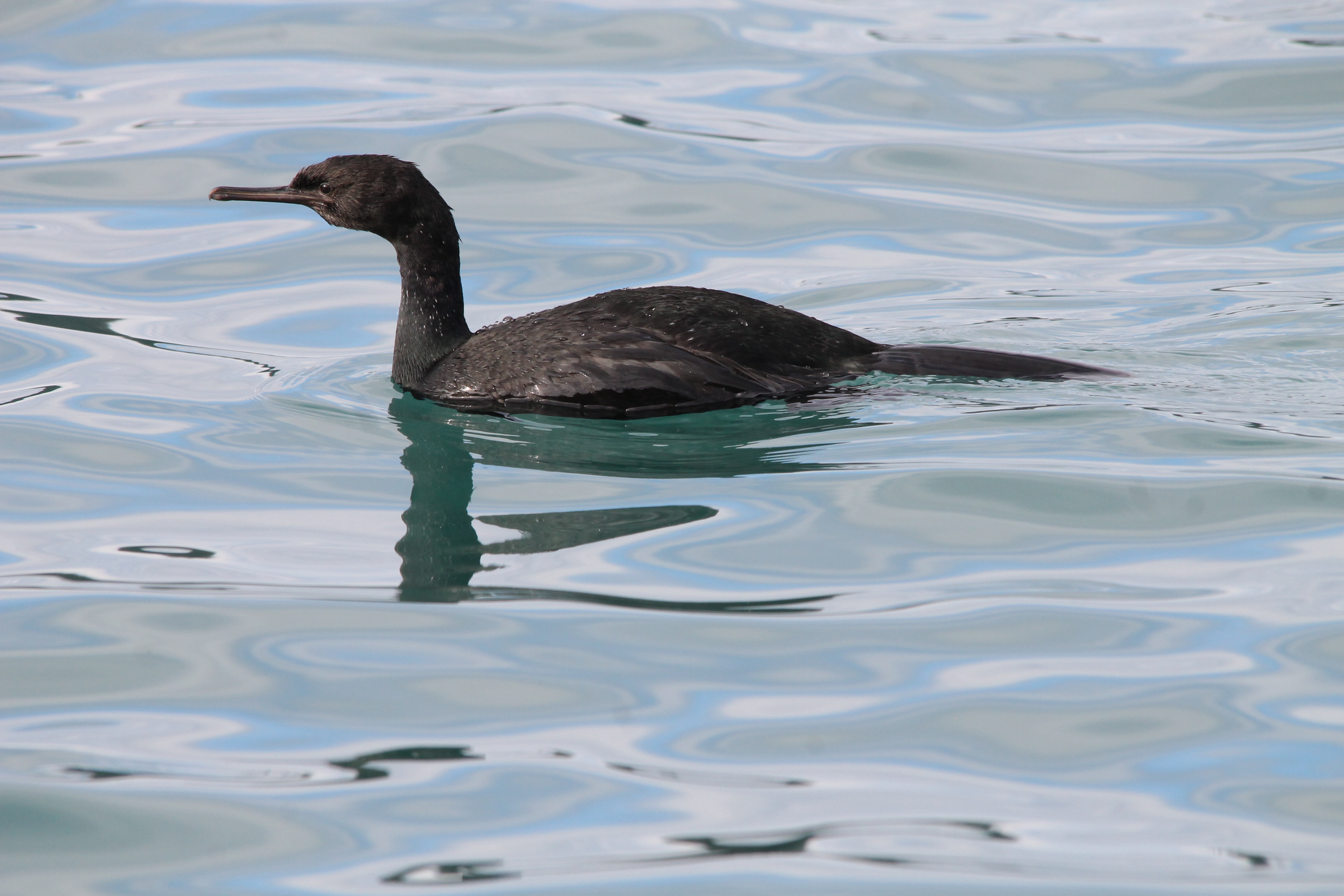
Birds of South Marble: Pigeon GuillemotPigeon guillemots are black and white birds with vivid red/orange feet. They flock to Glacier Bay in large numbers each migration season. 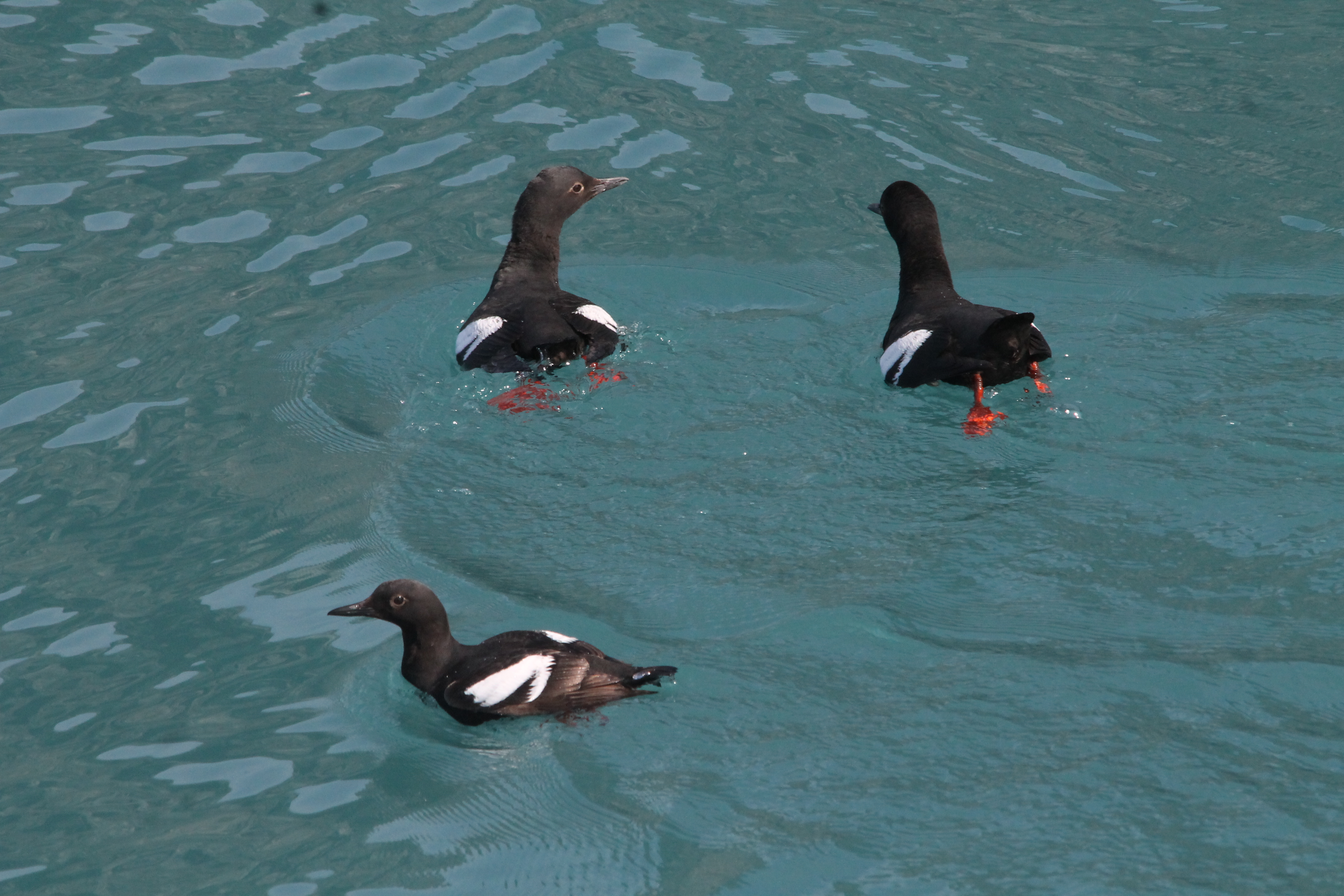
Birds of South Marble: Tufted PuffinTufted puffins are a highlight of any visit to coastal Alaska. They dig burrows in the grassy hillsides of South Marble Island in Glacier Bay. 
Black Bear - Bartlett CoveBlack bears love the forests of Glacier Bay, where tall trees and thick brush offer protection from predators. 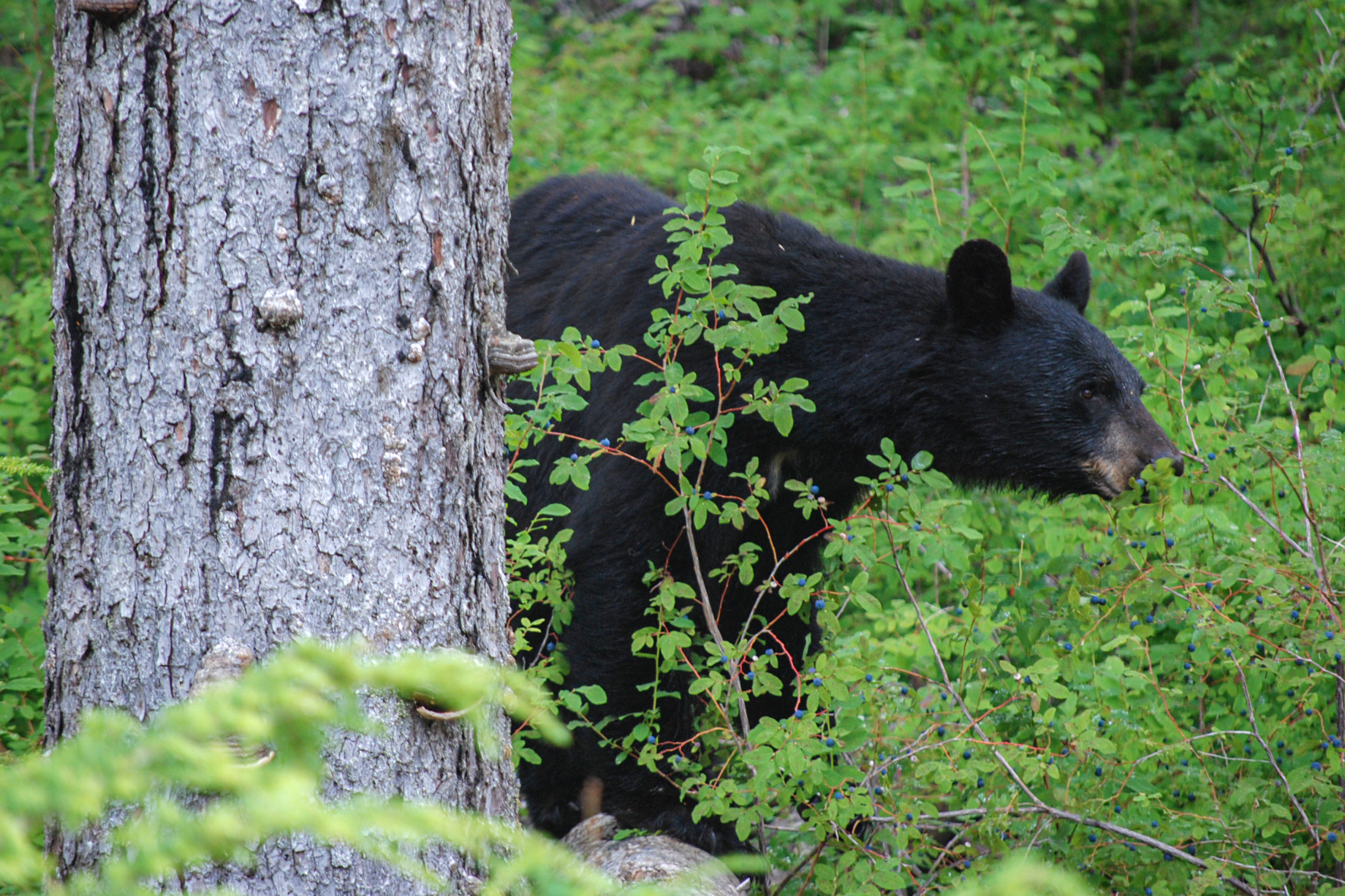
Black-Legged Kittiwakes - Tarr InletBlack-legged kittiwakes are a common summer sight in Glacier Bay. These birds can be found throughout the bay, including cliffs and glacier faces, where they utilize icebergs to perch and watch for food. 
Brown Bear - Tlingit PointBrown bears are one of the most charismatic land mammals of Glacier Bay. They can be found anywhere from the intertidal shores of Glacier Bay, to the forests and the mountaintops above. 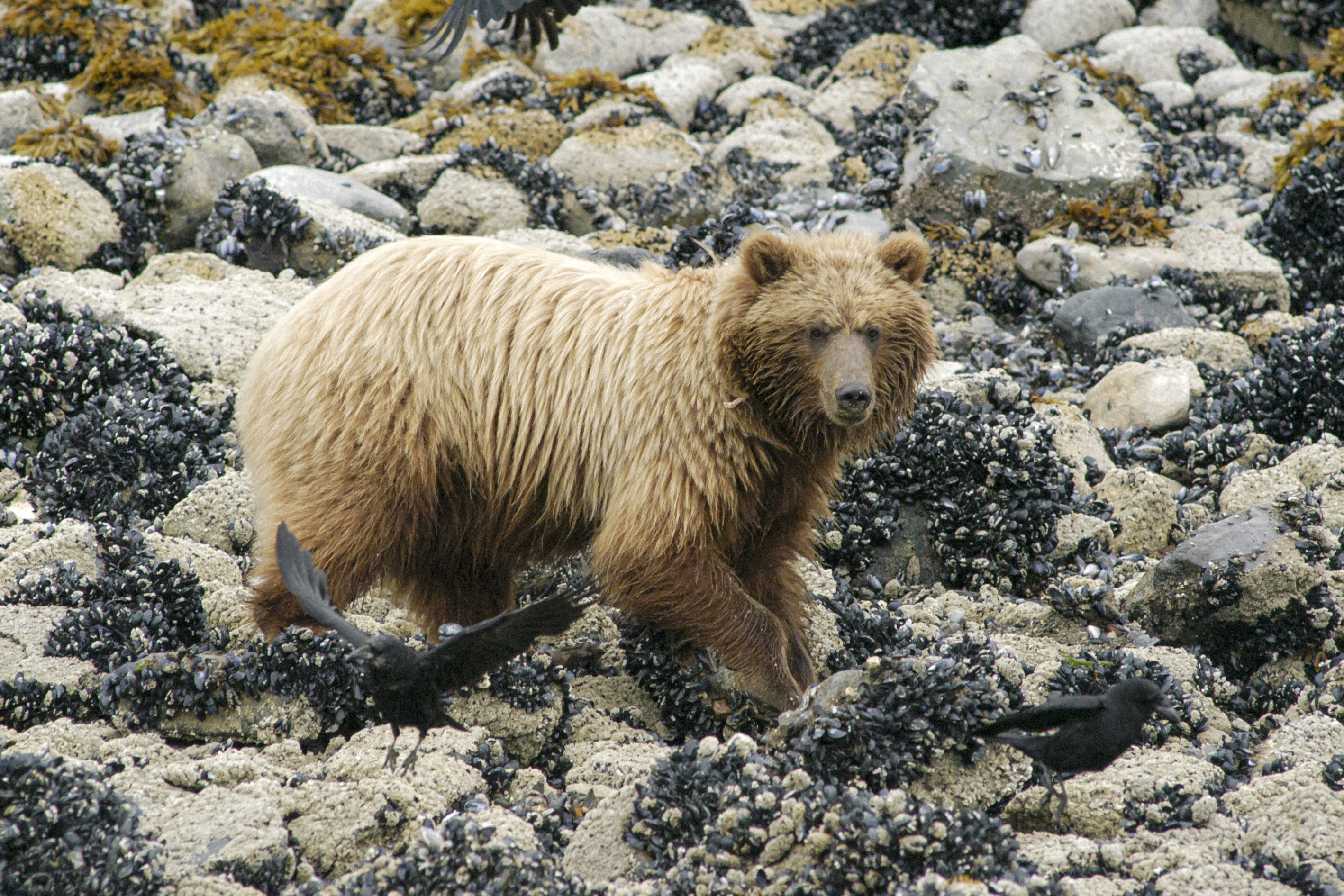
Ch´eix´ - Thimbleberry - Glacier Bay EthnobotanyThimbleberries look similar to raspberries when ripe, with even more texture and flavor. 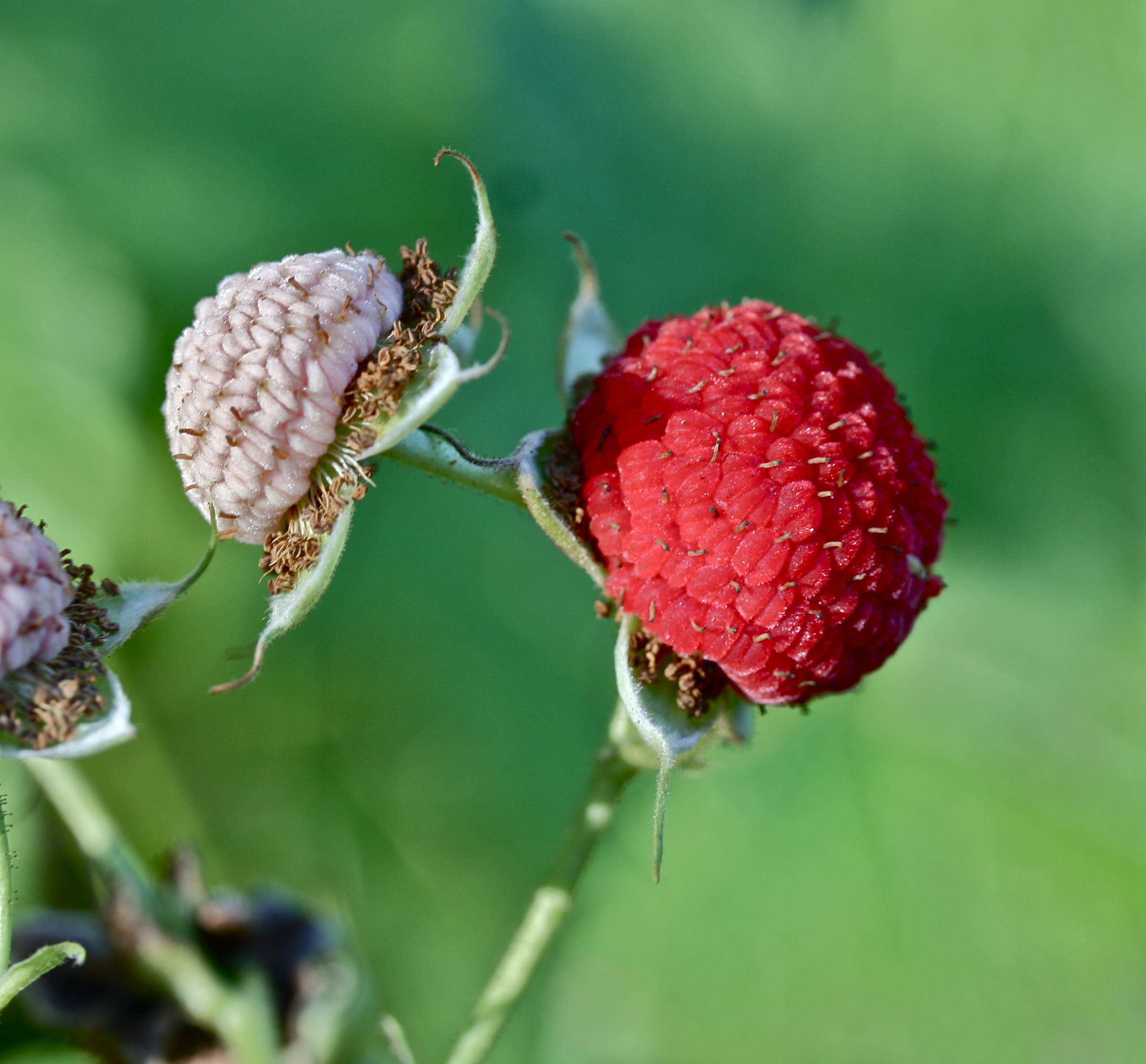
Dry Bay: Glacier Bay National PreserveDry Bay is the geographic area encompassed by Glacier Bay National Preserve. Explore wild Alaska from the comfort of several wilderness lodges. Hunting and other activities usually prohibited in National Parks are allowed within the National Preserve. 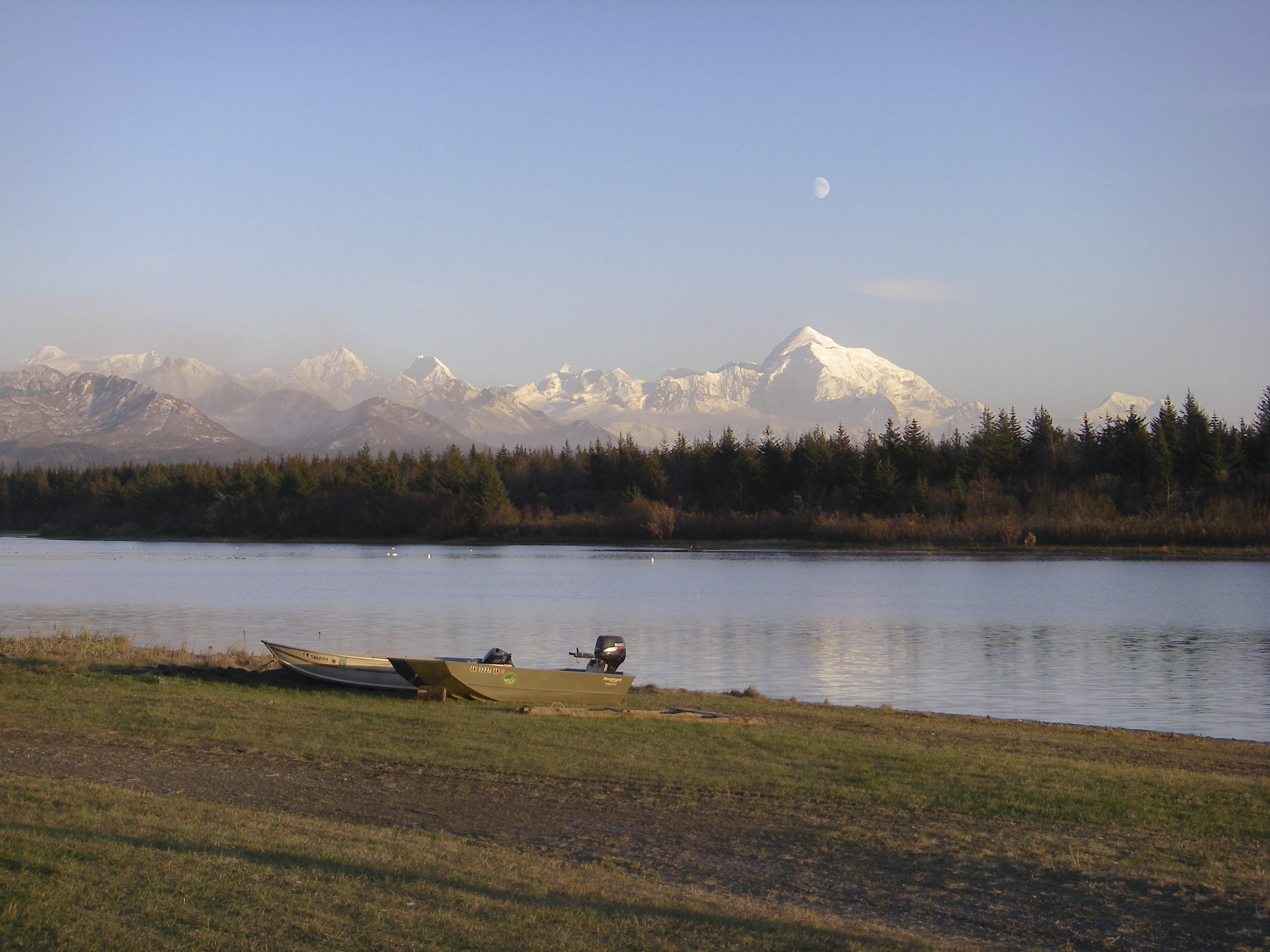
Dundas BayDundas Bay was once home to a productive cannery in remote Alaska. Today, the bay is incorporated into Glacier Bay National Park. 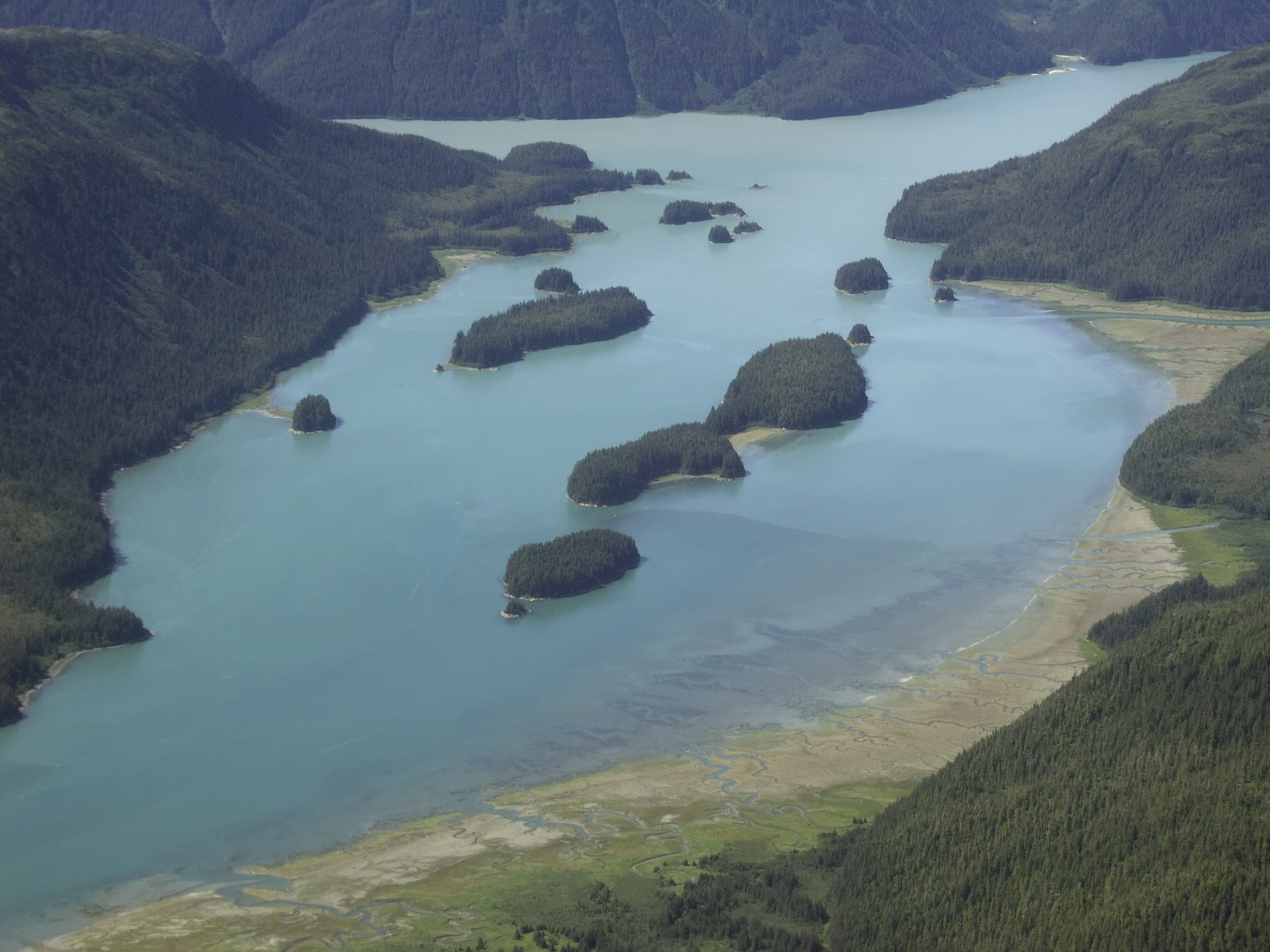
Forest Loop Trail - BoardwalkThe Forest Loop in Glacier Bay features a beautiful accessible boardwalk to guide you through a lush forest. 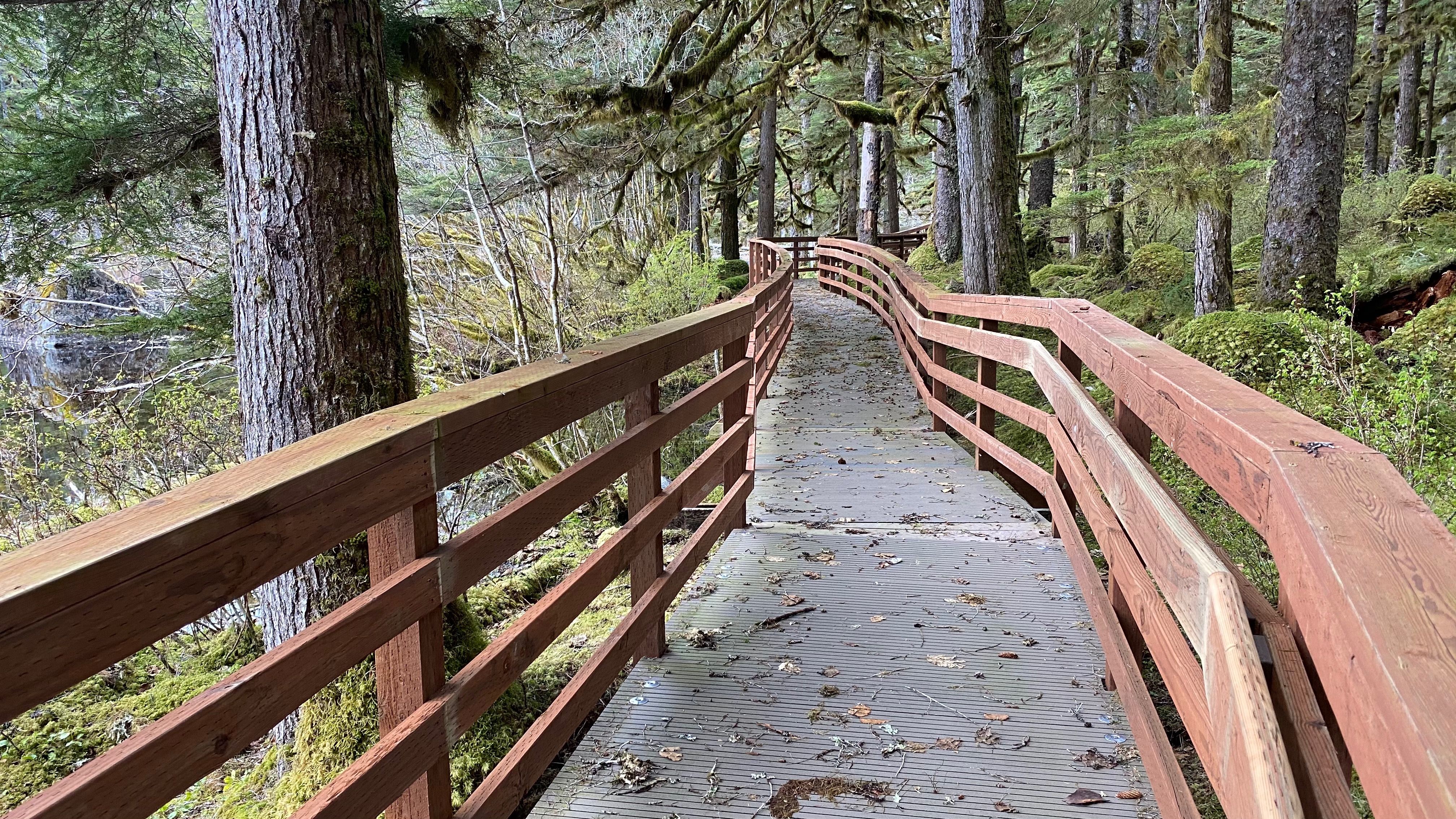
Geikie InletGeikie Inlet is an approximately 8 mile long inlet in the mid-bay area of Glacier Bay, located within Glacier Bay National Park. 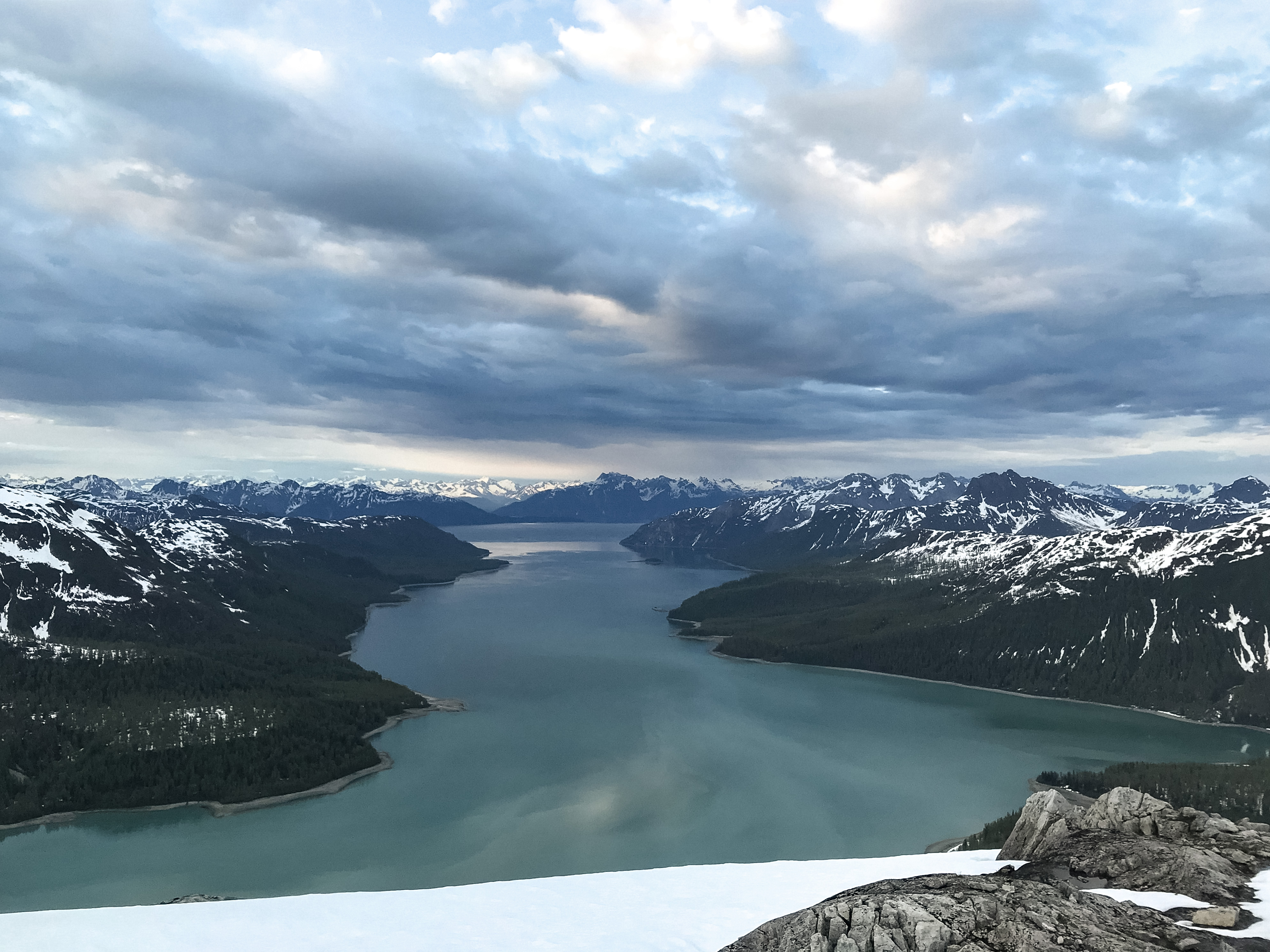
Glacial Erratic - Forest Loop TrailGlacial erratics are found throughout Glacier Bay National Park. Massive glaciers once moved earth and stone here, depositing large boulders that we see today called erratics. 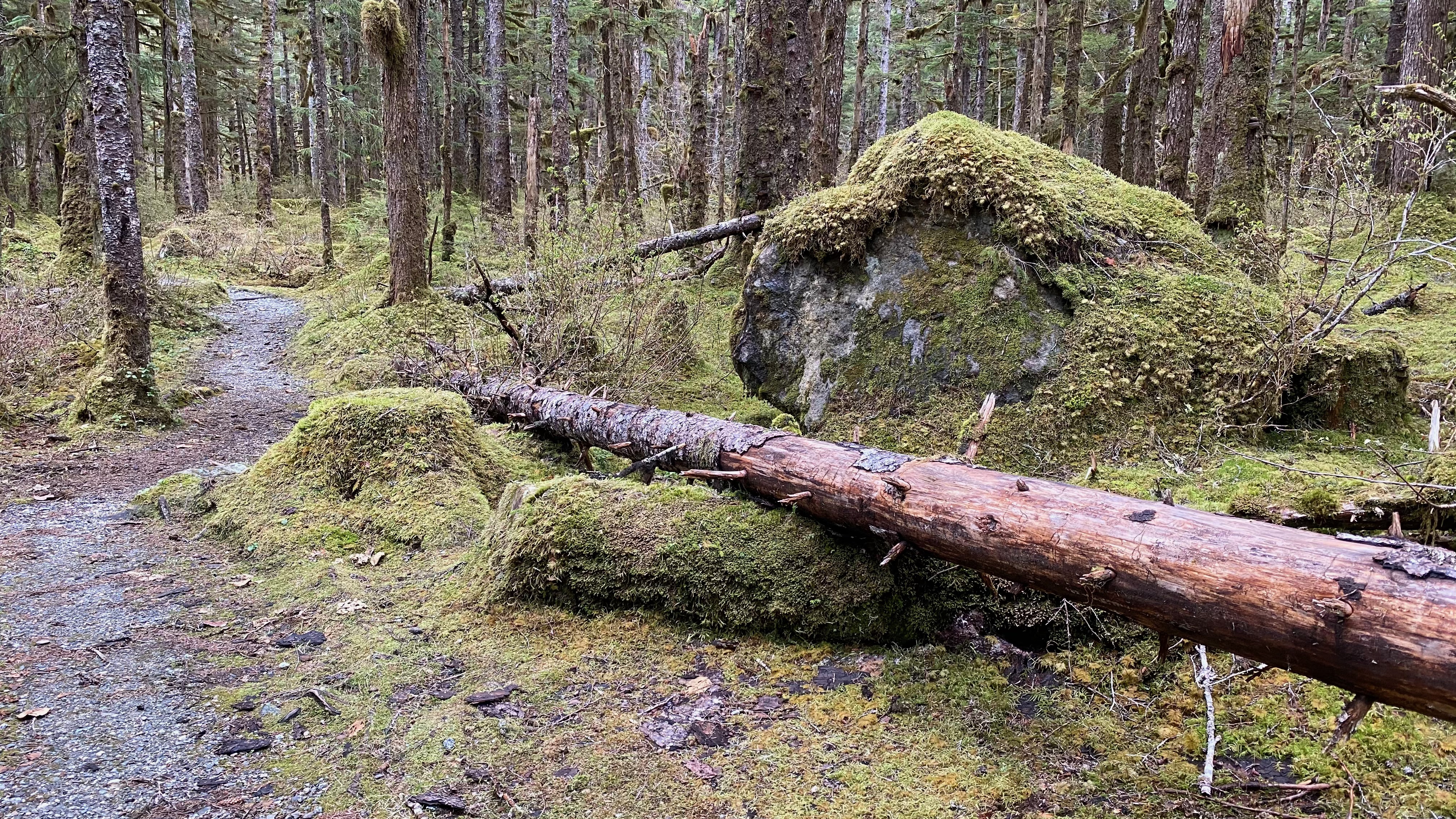
Glacial Landscape Features in Glacier BayGlaciers have carved nearly the entire landscape in and around Glacier Bay. 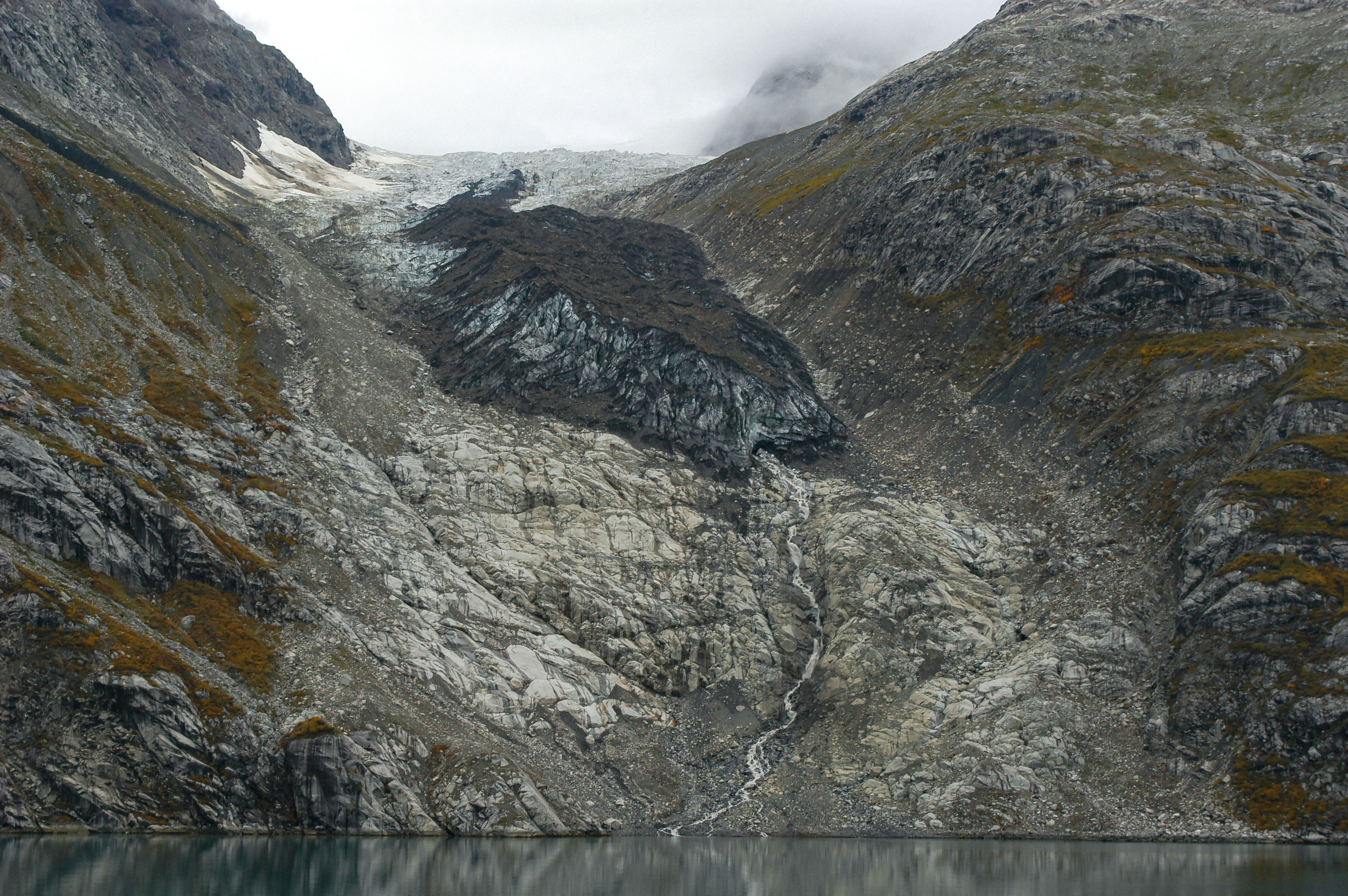
Glacier Bay Visitor Information StationThe Visitor Information Station has all the info you need for your next boating or backcountry trip in Glacier Bay! Start your adventure here. 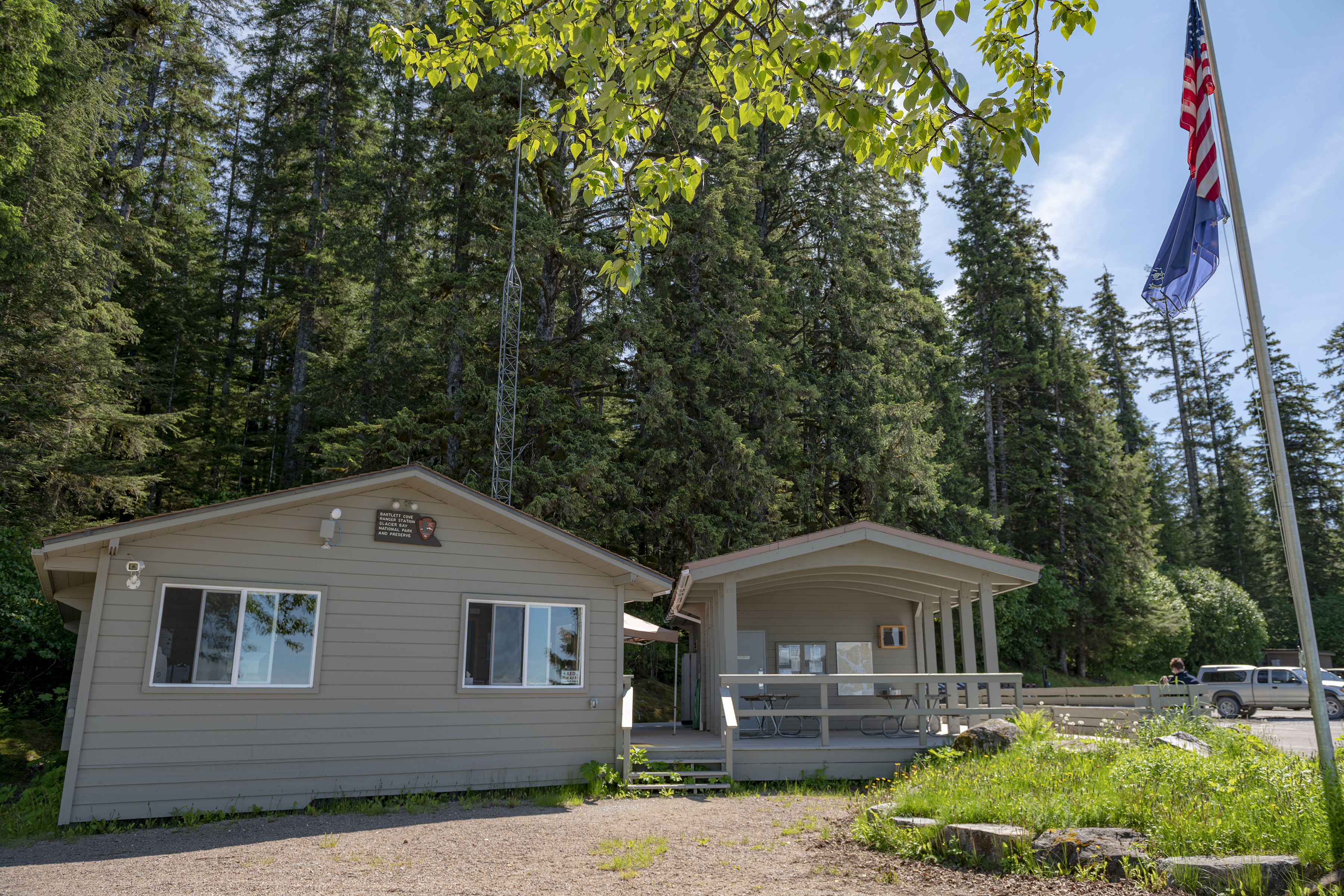
Glacier Recipe: What Makes a Glacier in the Bay?What are the ingredients to a glacier? Precipitation, pressure and time are just a few pieces of what forms the glaciers of Glacier Bay. 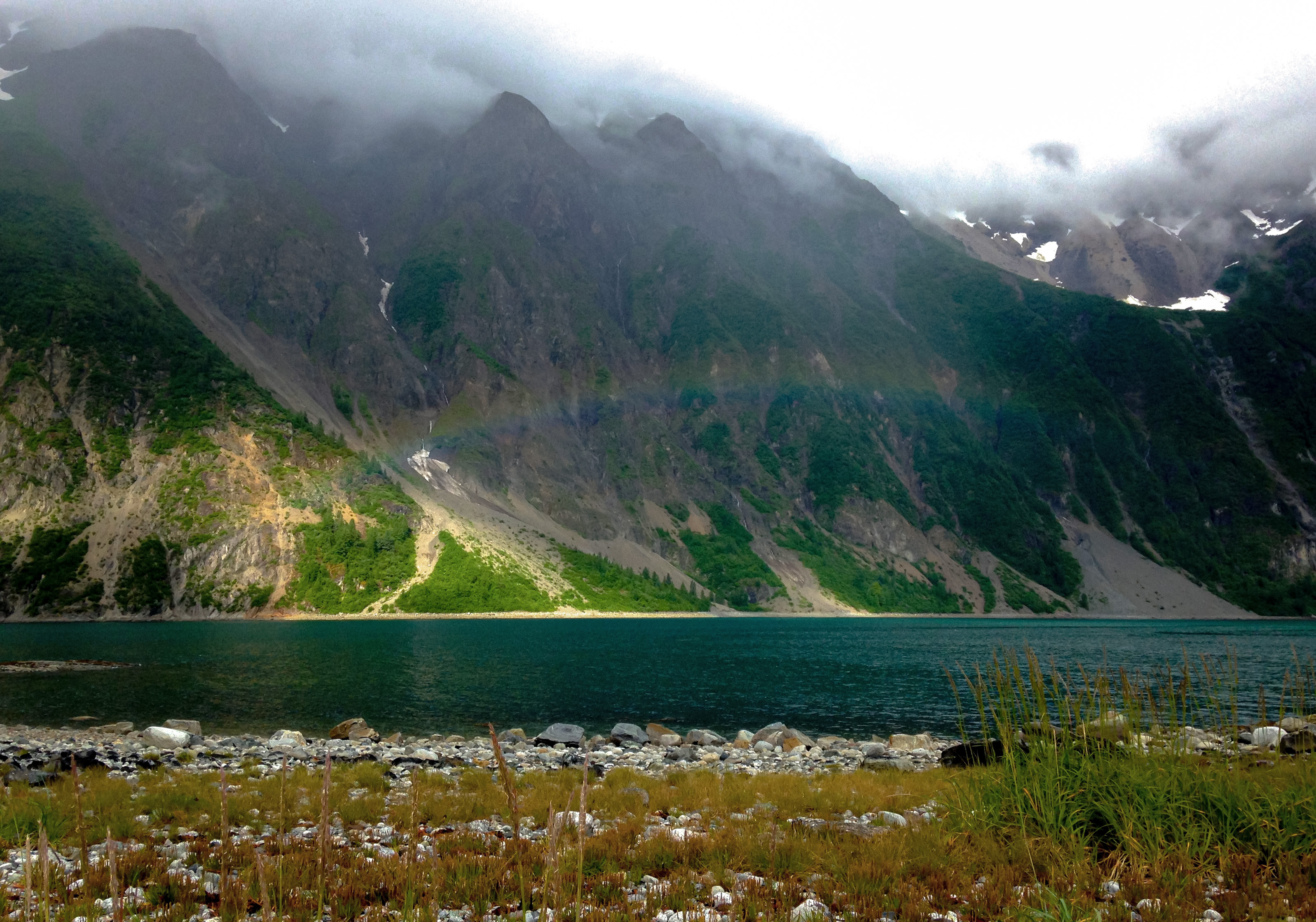
Gloomy KnobGloomy knob is a smooth rocky outcropping rising steeply from Glacier Bay. Mountain goats love this terrain and are often seen scaling the cliffs. 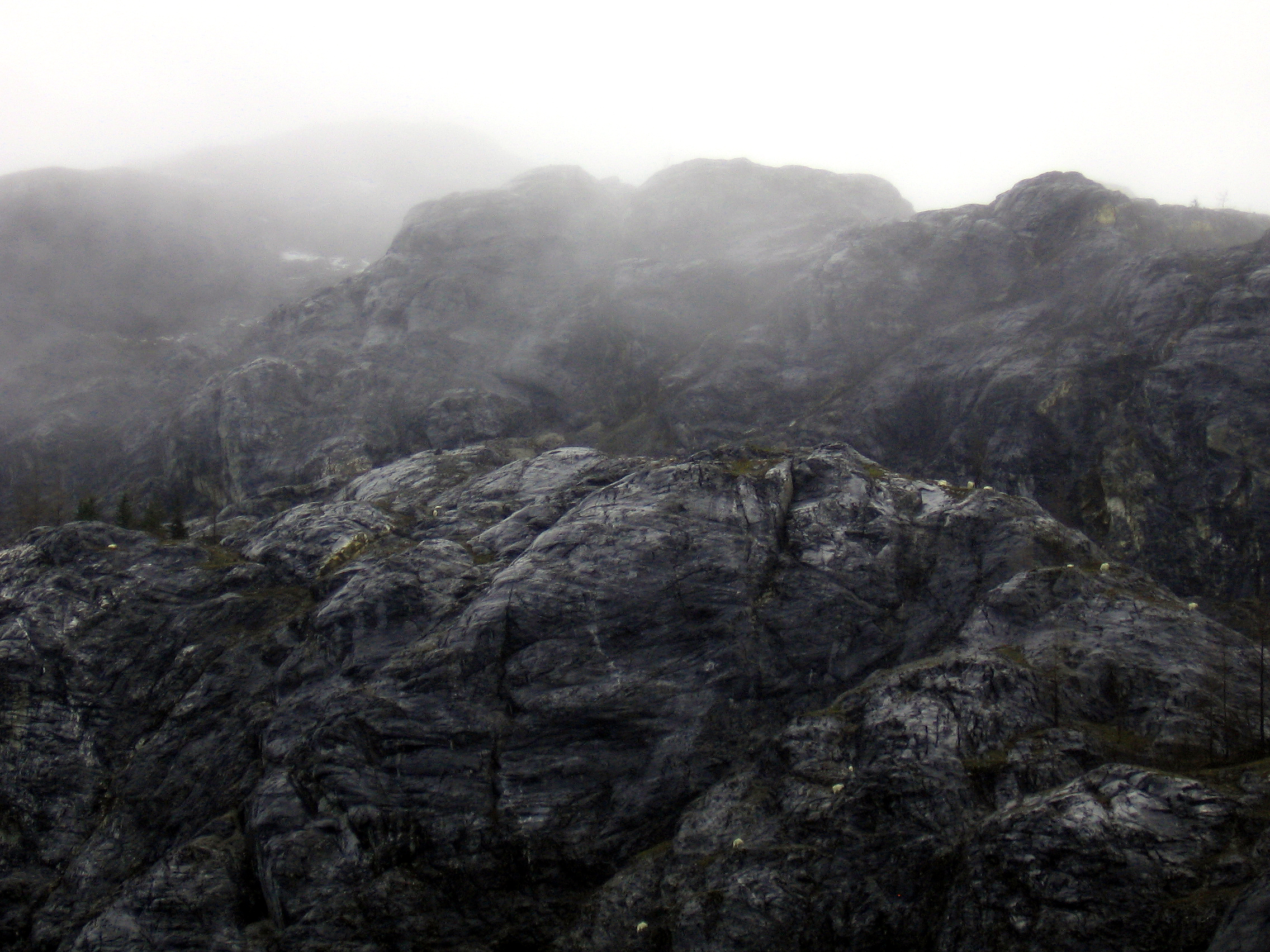
Grand Pacific GlacierGrand Pacific Glacier, once the largest glacier in Glacier Bay, now sits dormant at the top of Tarr Inlet. Its story of advance and retreat is tied to the history, geology, and culture of Glacier Bay National Park. 
Gustavus Dock & Ferry TerminalThe Gustavus ferry terminal and dock is where the Alaska Marine Highway system arrives and departs from the town of Gustavus, Alaska. 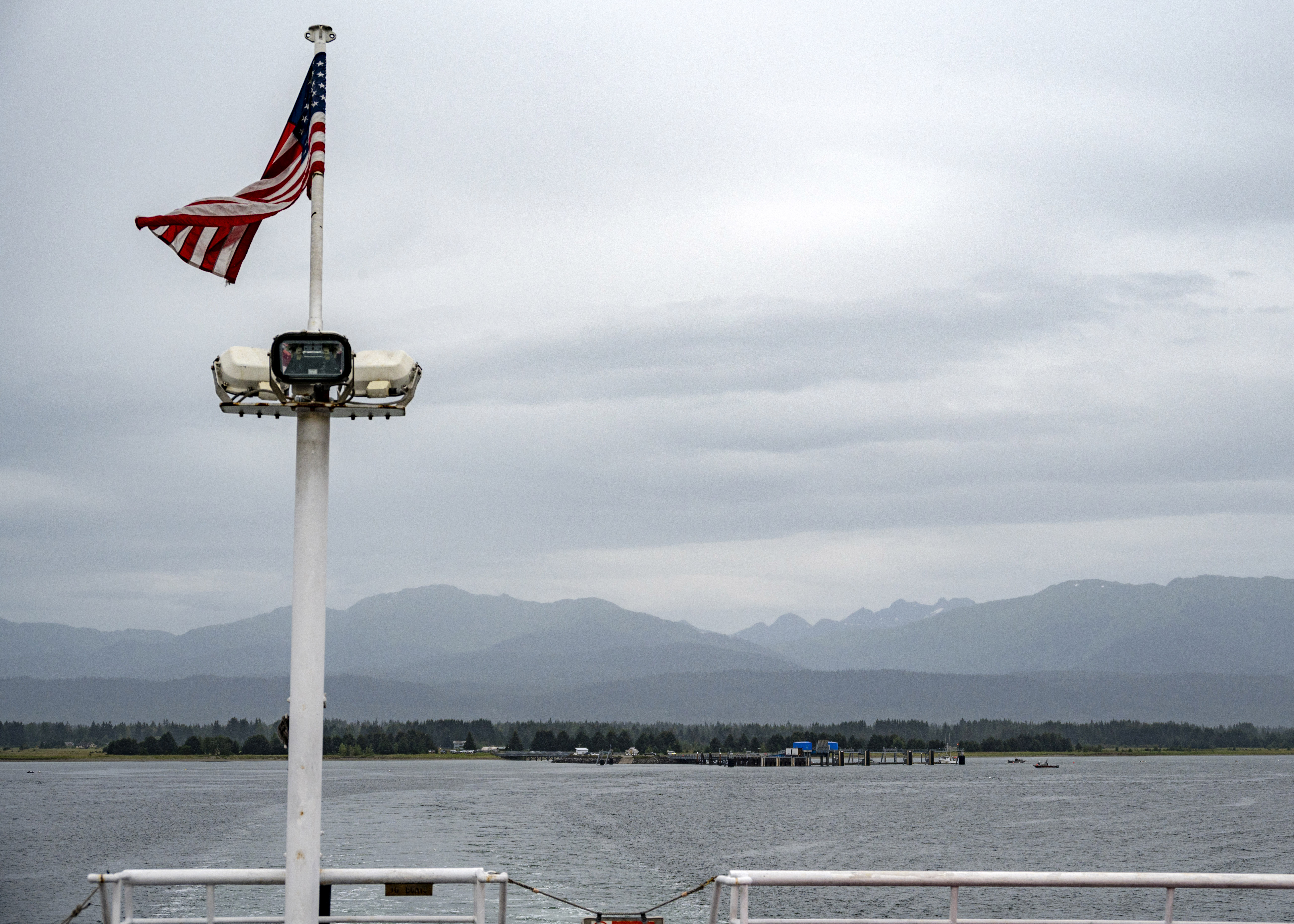
Gustavus, AlaskaGustavus, Alaska is the gateway to planning an adventure in Glacier Bay National Park. Gustavus has all the amenities of a small town, with food, lodging, and transportation options available for visitors. 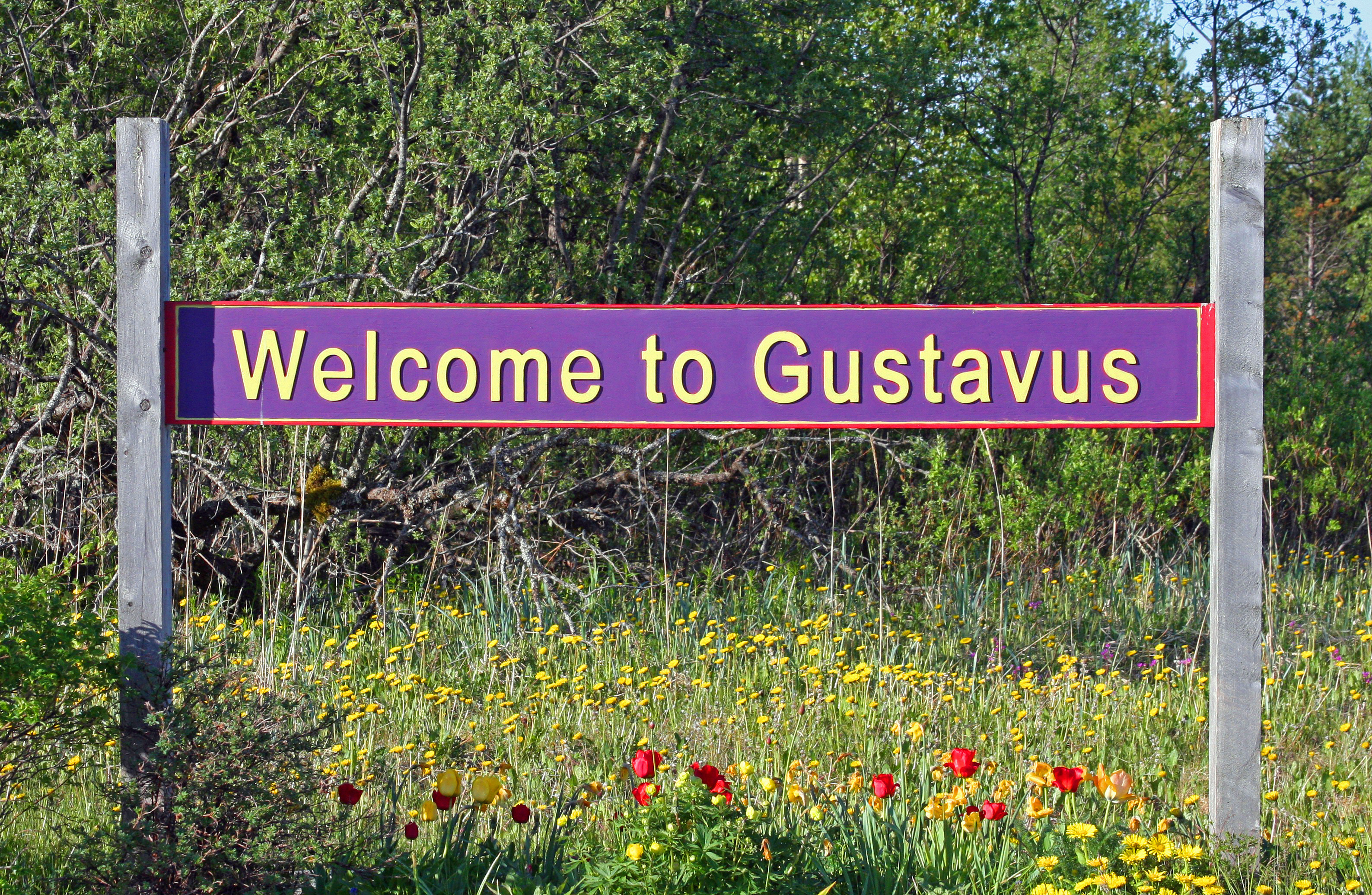
Harbor Seal - Johns Hopkins InletHarbor seals are the widest distributed pinniped in the world, and can be found in various points within Glacier Bay National Park. 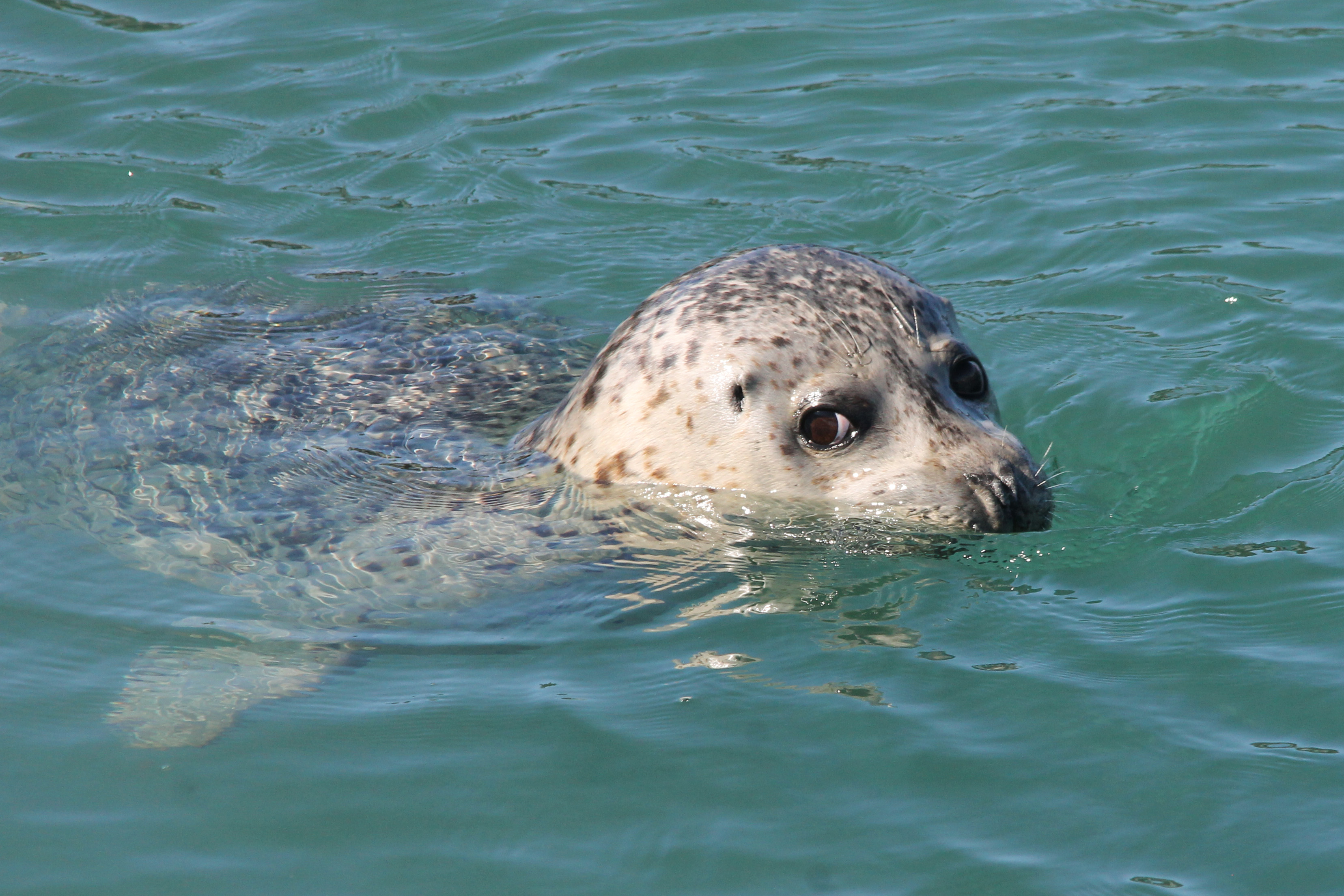
Hemlock vs Spruce in Glacier BayHemlock and spruce differ and relate in many ways. Learn about Glacier Bay's forests. 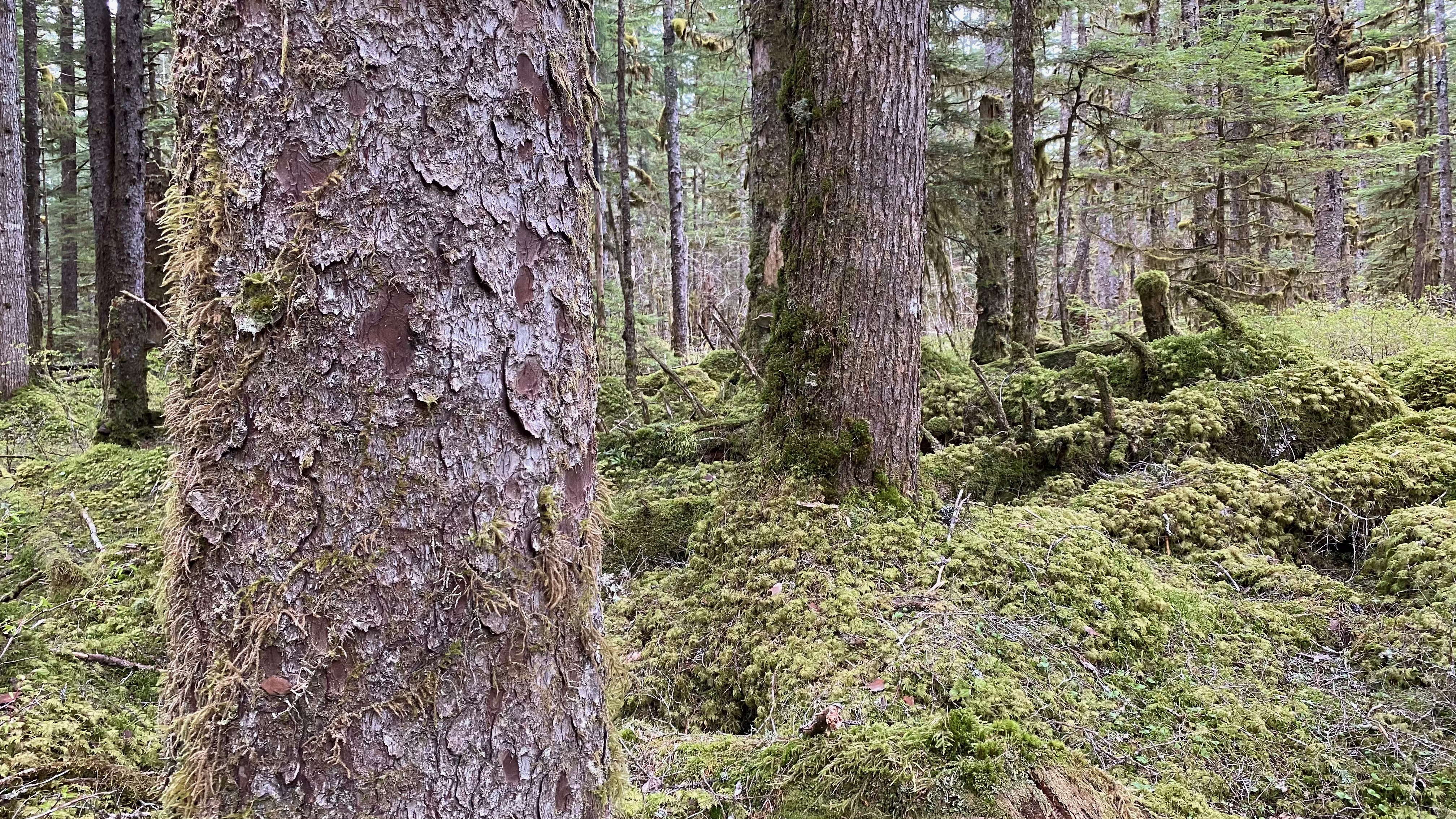
Humpback Whale - Glacier BayHumpback whales migrate to Glacier Bay each summer, and are the highlight of any wildlife search in the Bay. 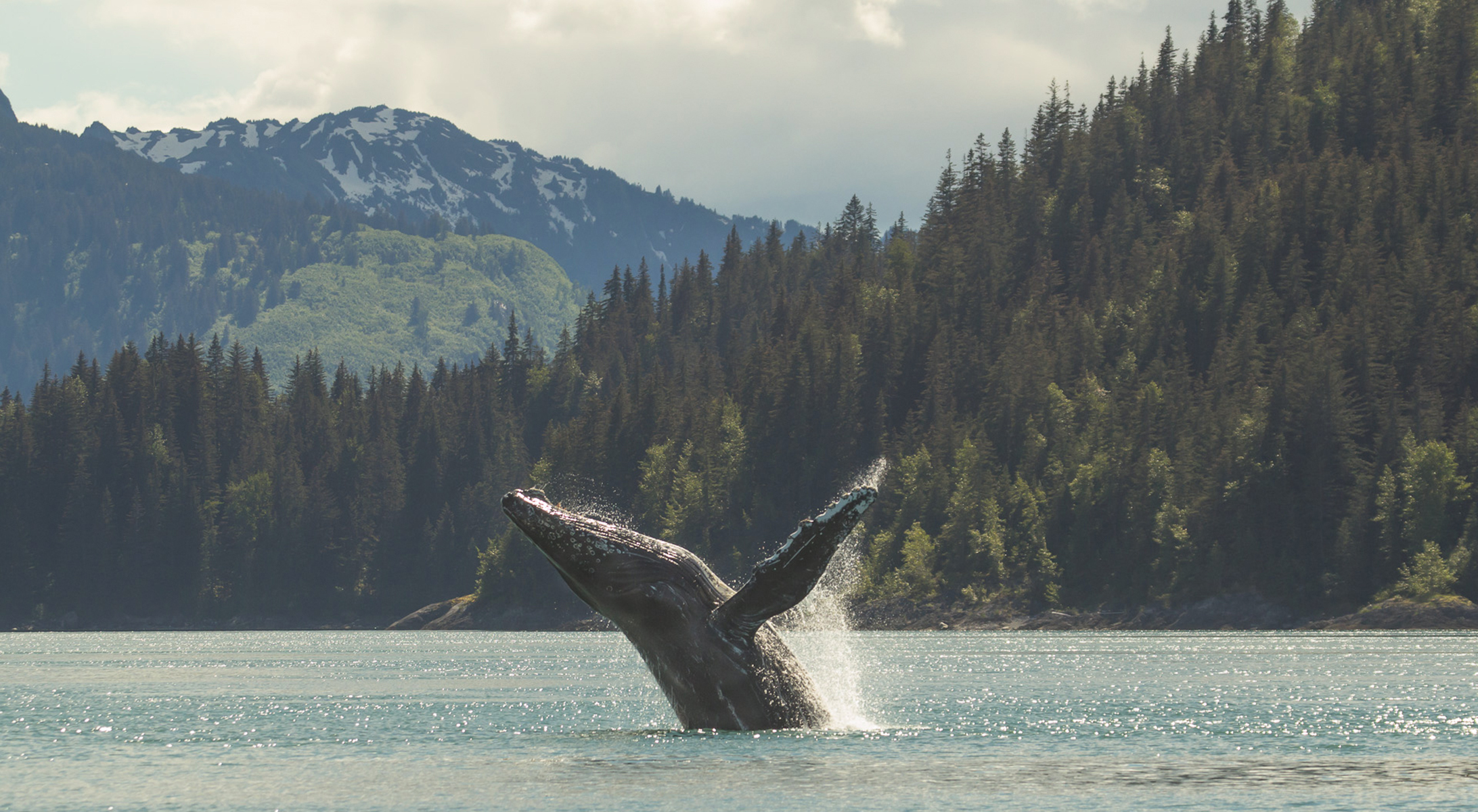
Icy StraitIcy Strait is the body of water that connects the Gulf of Alaska to the Inside Passage from east to west. Glacier Bay opens from roughly the center of Icy Strait. 
Interstadial Stumps - Whidbey PassageInterstadial stumps are tree stumps left behind after glacier ice passed over them, killing the trees, but preserving the wood. Some interstadial wood is only hundreds of years old, while stumps in Glacier Bay have been dated to over 10,000 years old. 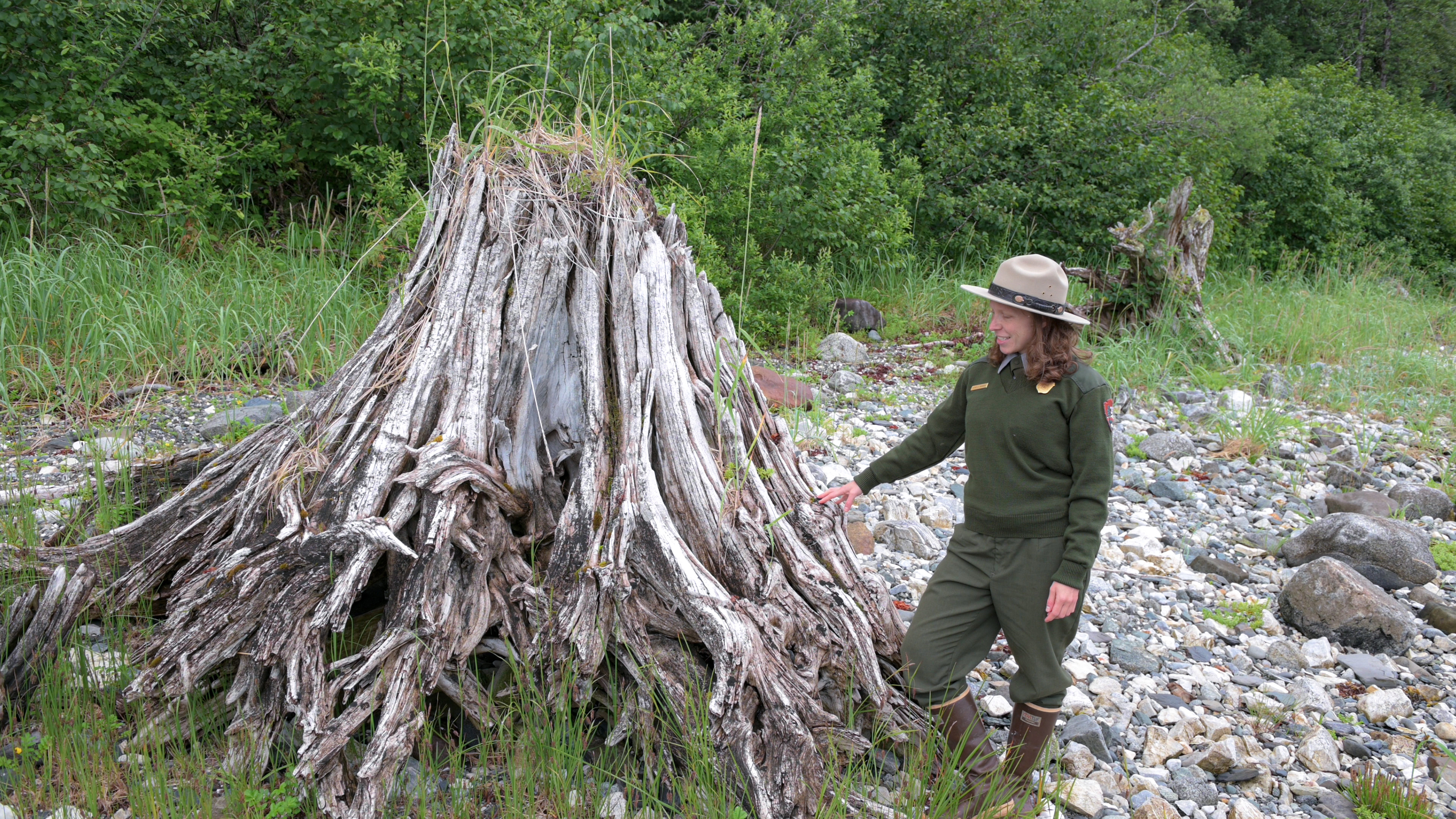
Jaw PointJaw Point marks the approximate entrance to Johns Hopkins Inlet. After rounding Jaw Point, viewers are given a "jaw-dropping" view of Johns Hopkins Glacier. 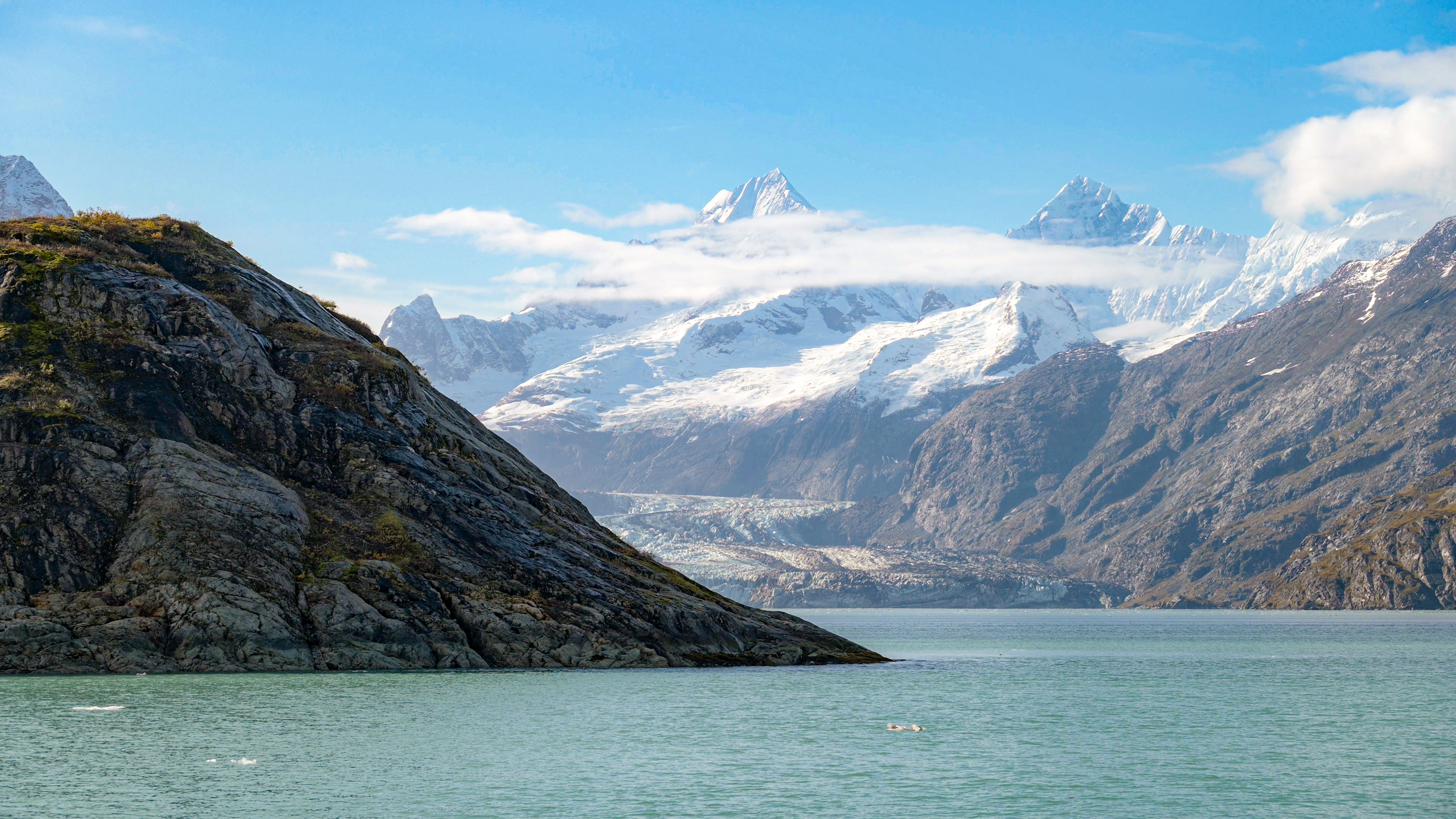
Johns Hopkins GlacierJohns Hopkins Glacier is located at the end of a 6 mile inlet, where it dumps ice chunks that later become pupping habitat for harbor seals. 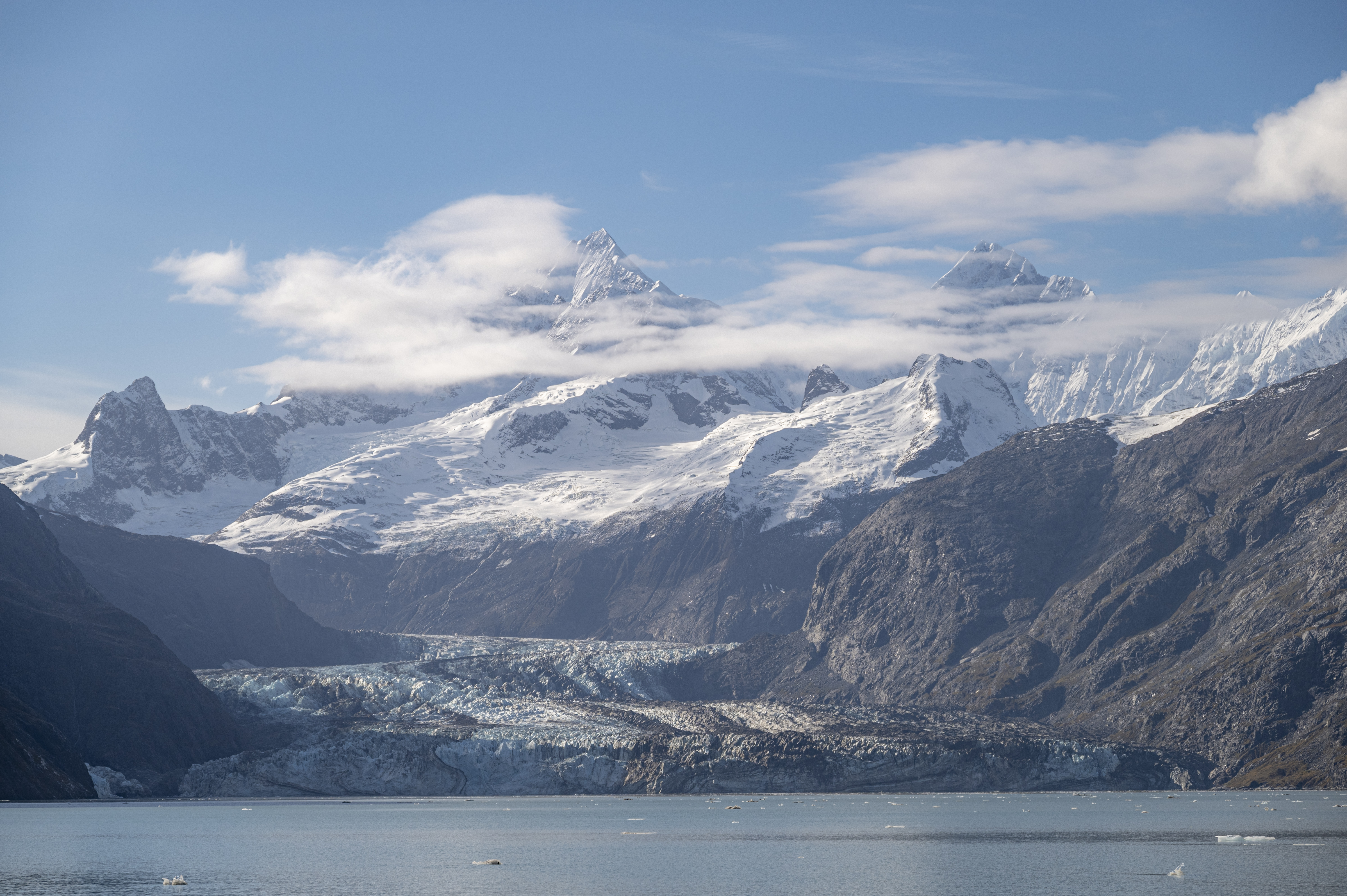
Kanat’á - Early Blueberry - Glacier Bay EthnobotanyKeep an eye out in late spring for this plant's tiny pink flowers! One of the first flowers of the season, they attract rufous hummingbirds and other early pollinators. 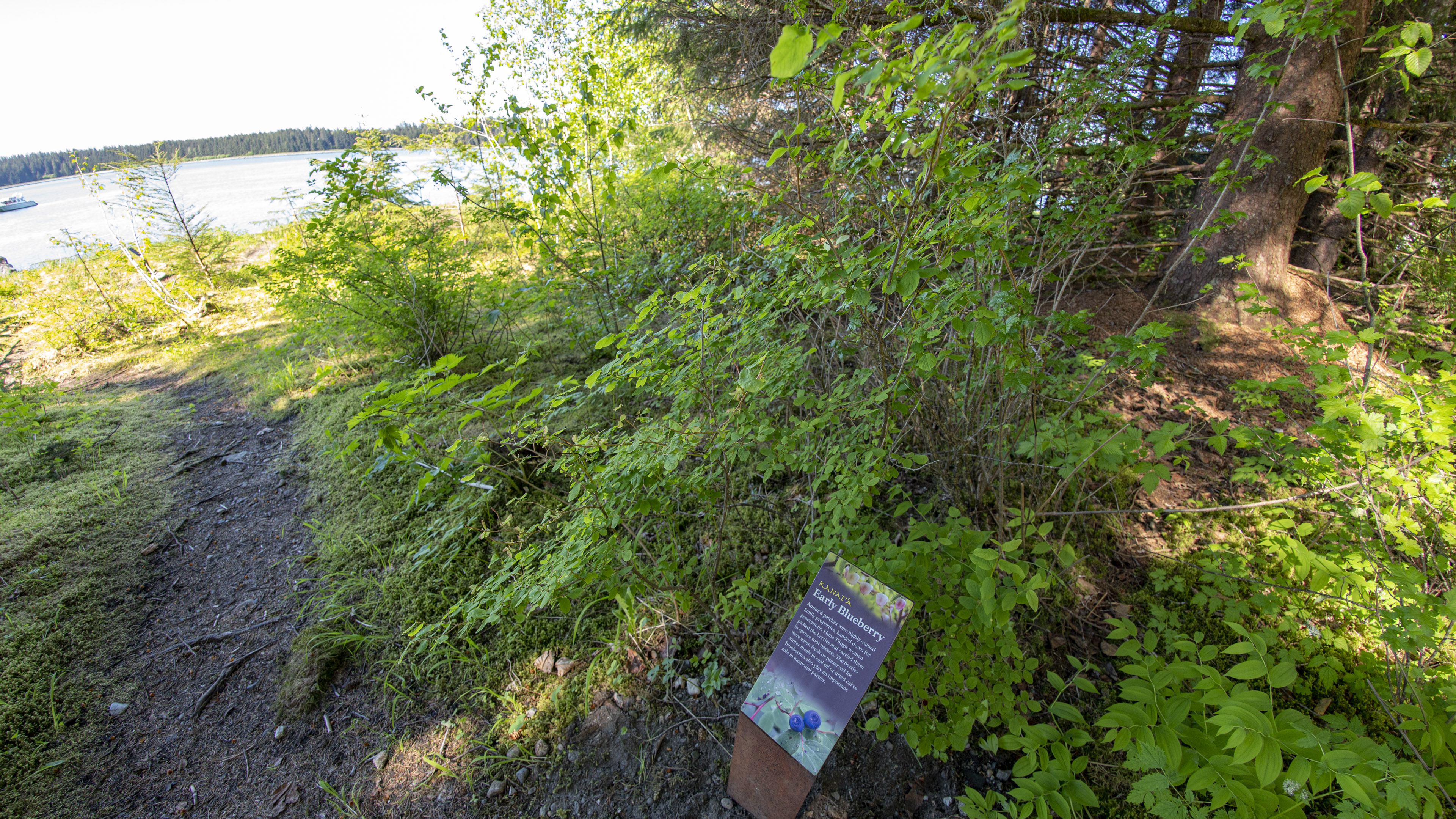
Keishísh - Sitka Alder - Glacier Bay EthnobotanySitka alder can be found throughout Glacier Bay, this plant is a pioneer and survivalist, taking root in the remnant glacial outwashes of the bay. 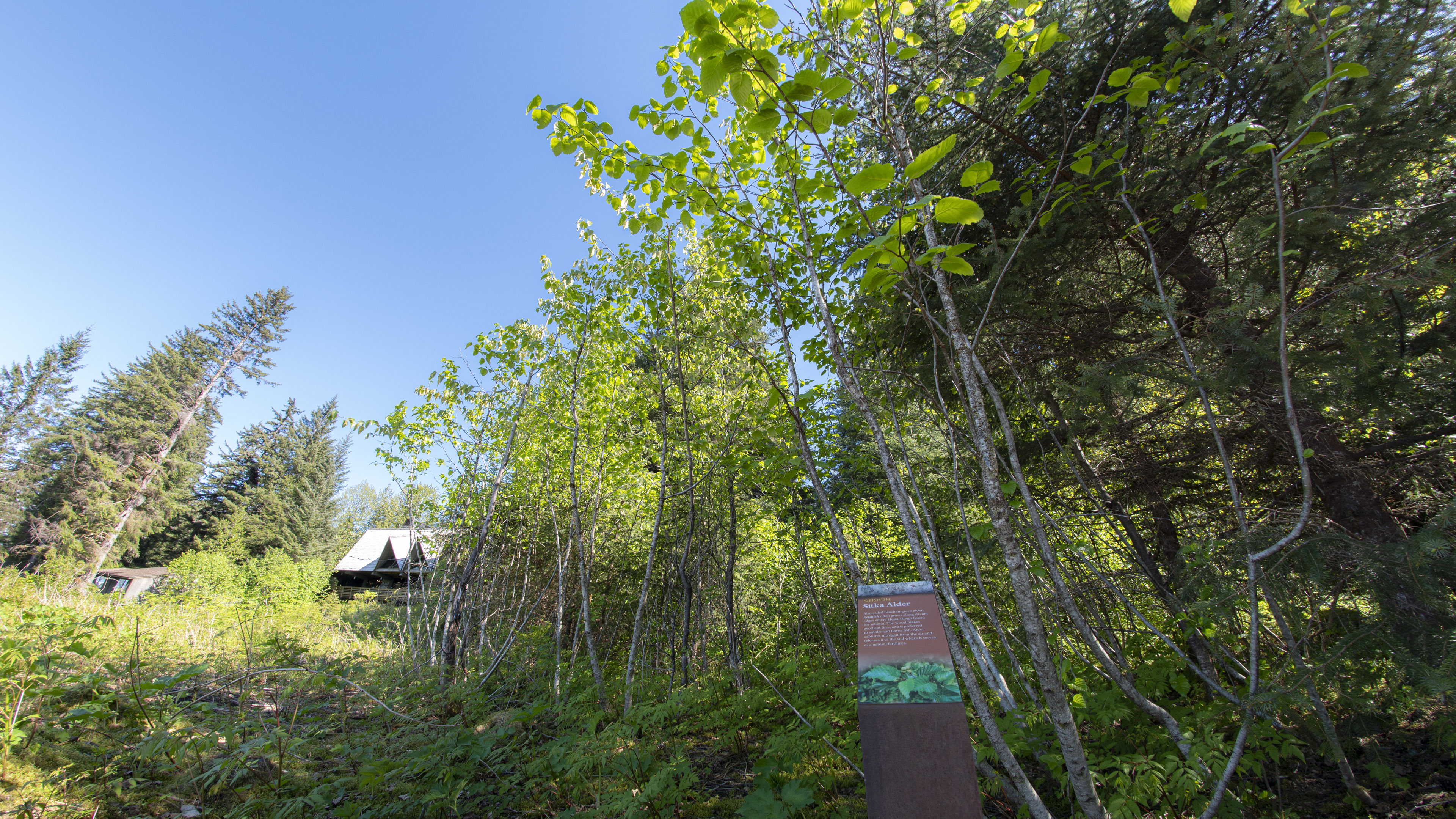
Kóox - Chocolate Lily - Glacier Bay EthnobotanyChocolate Lilies defy their name, and smell quite bad! They are edible, however. The Tlingit harvest and cook the plant's bulb, which is similar to rice. 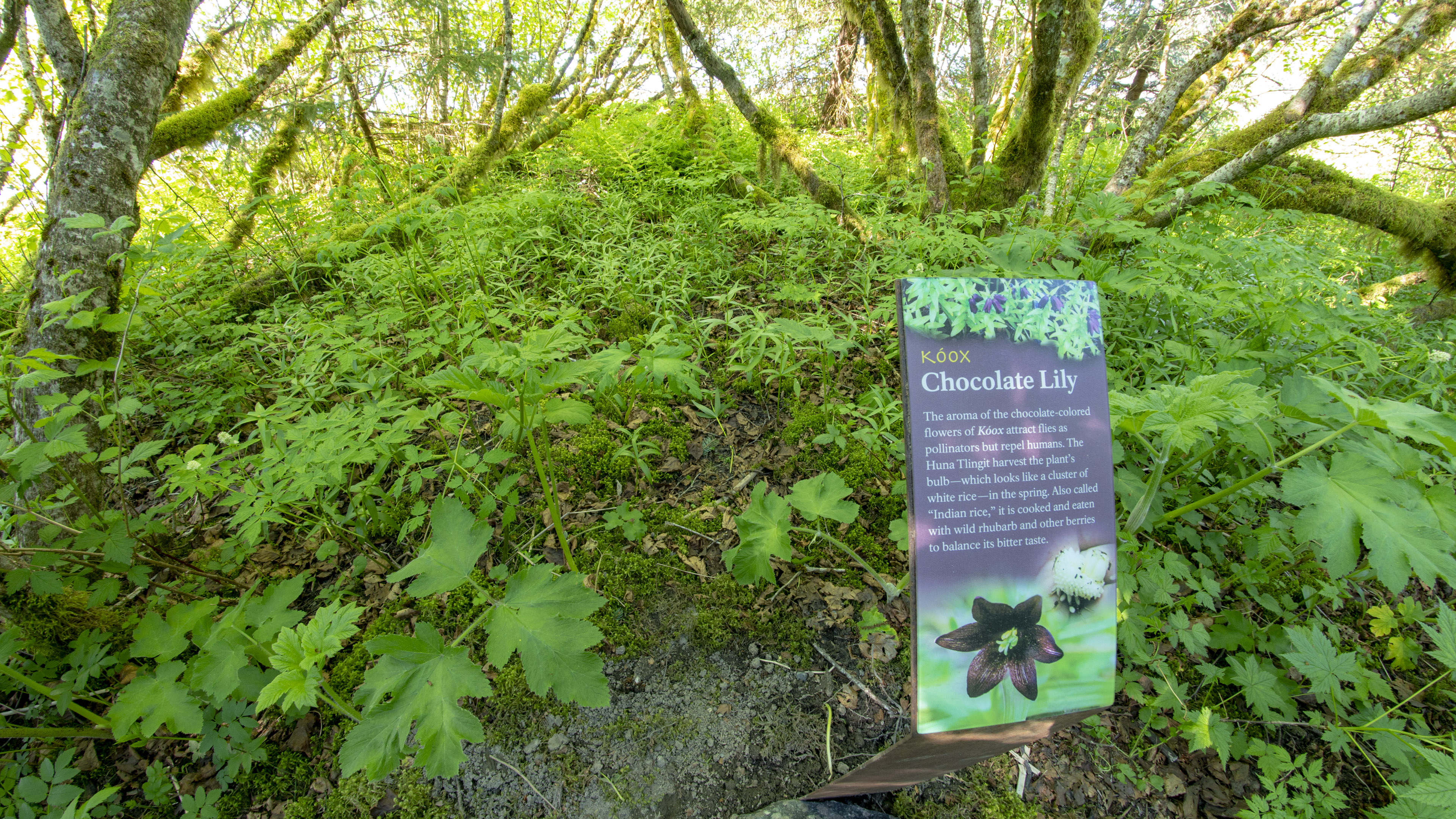
K’wálx - Fiddlehead Ferns - Glacier Bay EthnobotanyFiddlehead ferns are a key ingredient to any recipe for Southeast Alaska rainforest ecology. 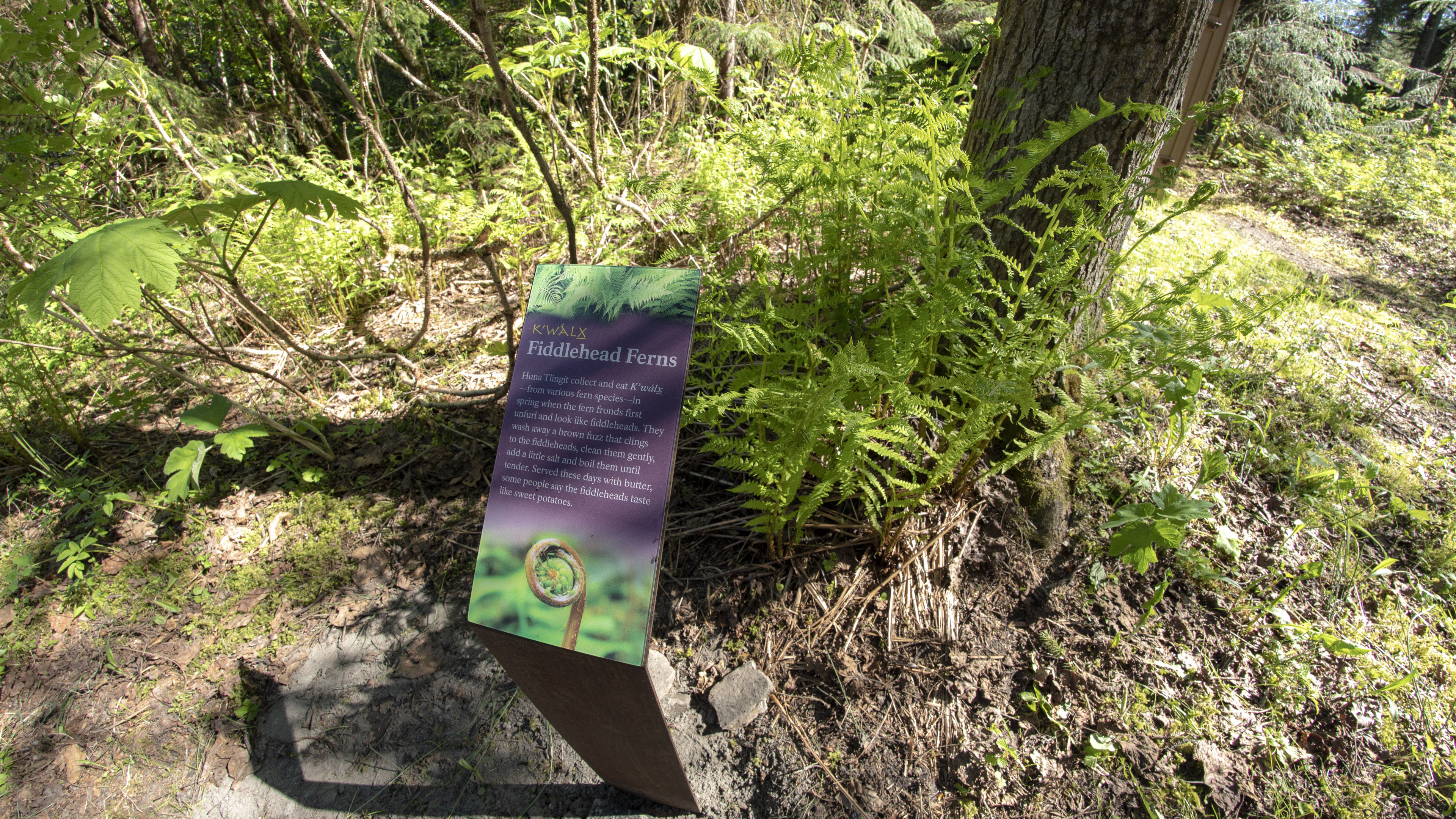
Lamplugh GlacierLamplugh Glacier is a stunning, dynamic glacier in Glacier Bay. Wildlife traverse its edges. The top of the glacier extends into the expansive Brady Icefield. 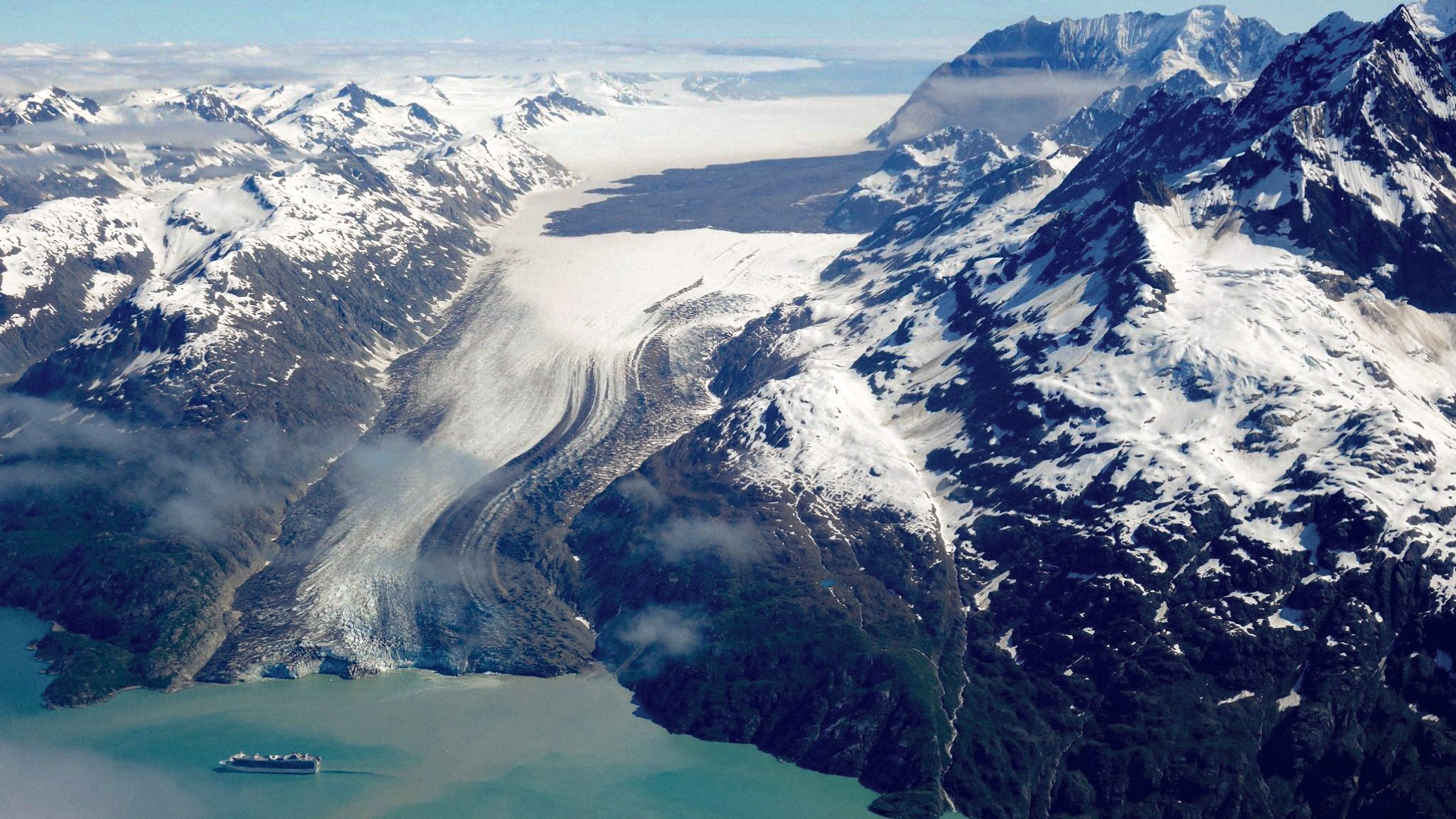
Margerie GlacierMargerie Glacier is a crown jewel of Glacier Bay. Dropping ice into the bay with power and beauty, its picturesque white-blue ice draws visitors from across the world. 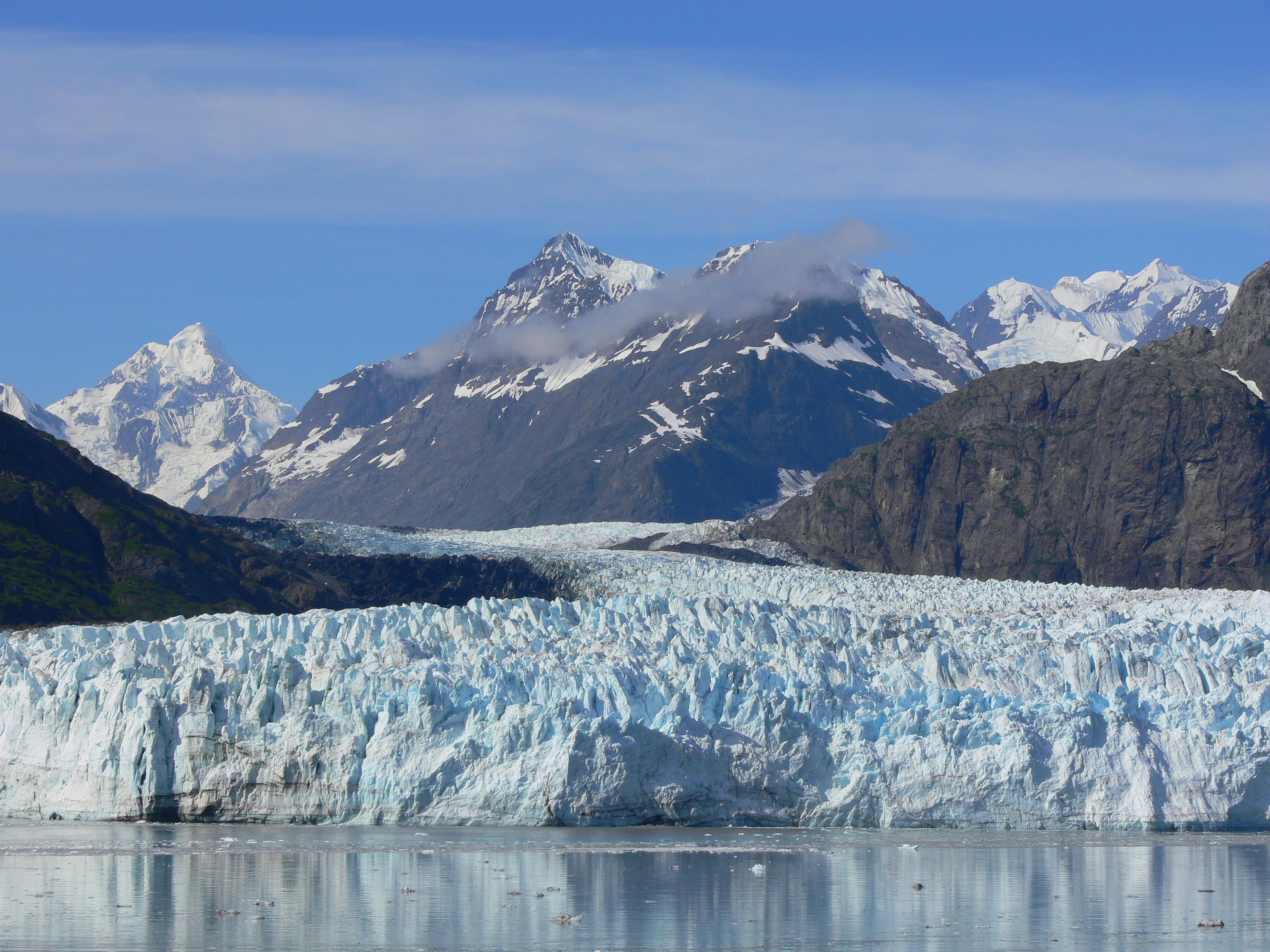
Moose - Gustavus ForelandsMoose were first spotted in the Glacier Bay region in the 1960s. These herbivores are often seen in the forests and wetlands of Glacier Bay National Park. 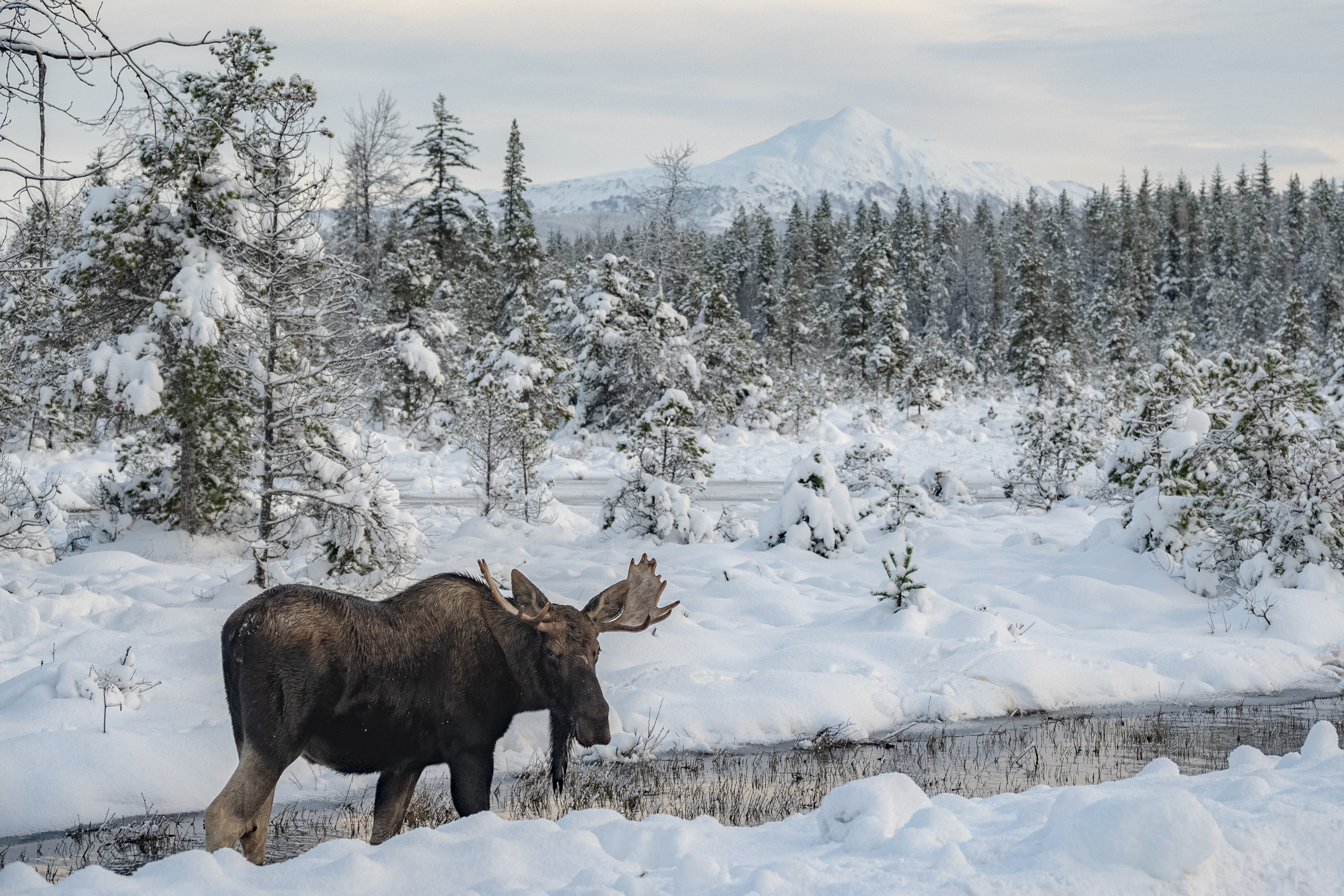
Mount CooperMount Cooper is named for one of Glacier Bay's most prominent early scientists, Dr. William S. Cooper, who began several vegetation-glacier relationship studies within the Glacier Bay area. 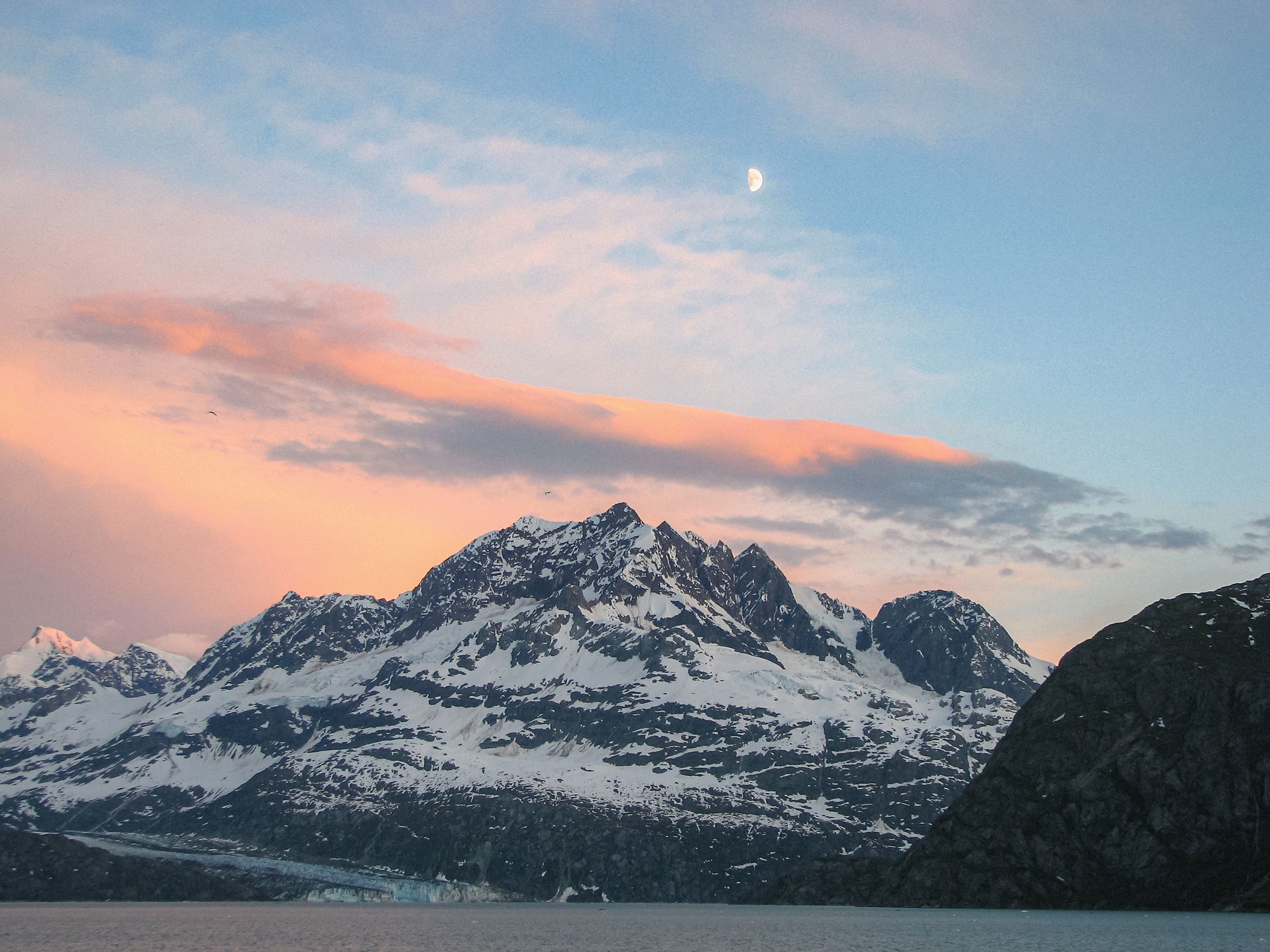
Mount FairweatherMount Fairweather is the tallest mountain in Glacier Bay National Park and the crown jewel of the Fairweather mountain range. 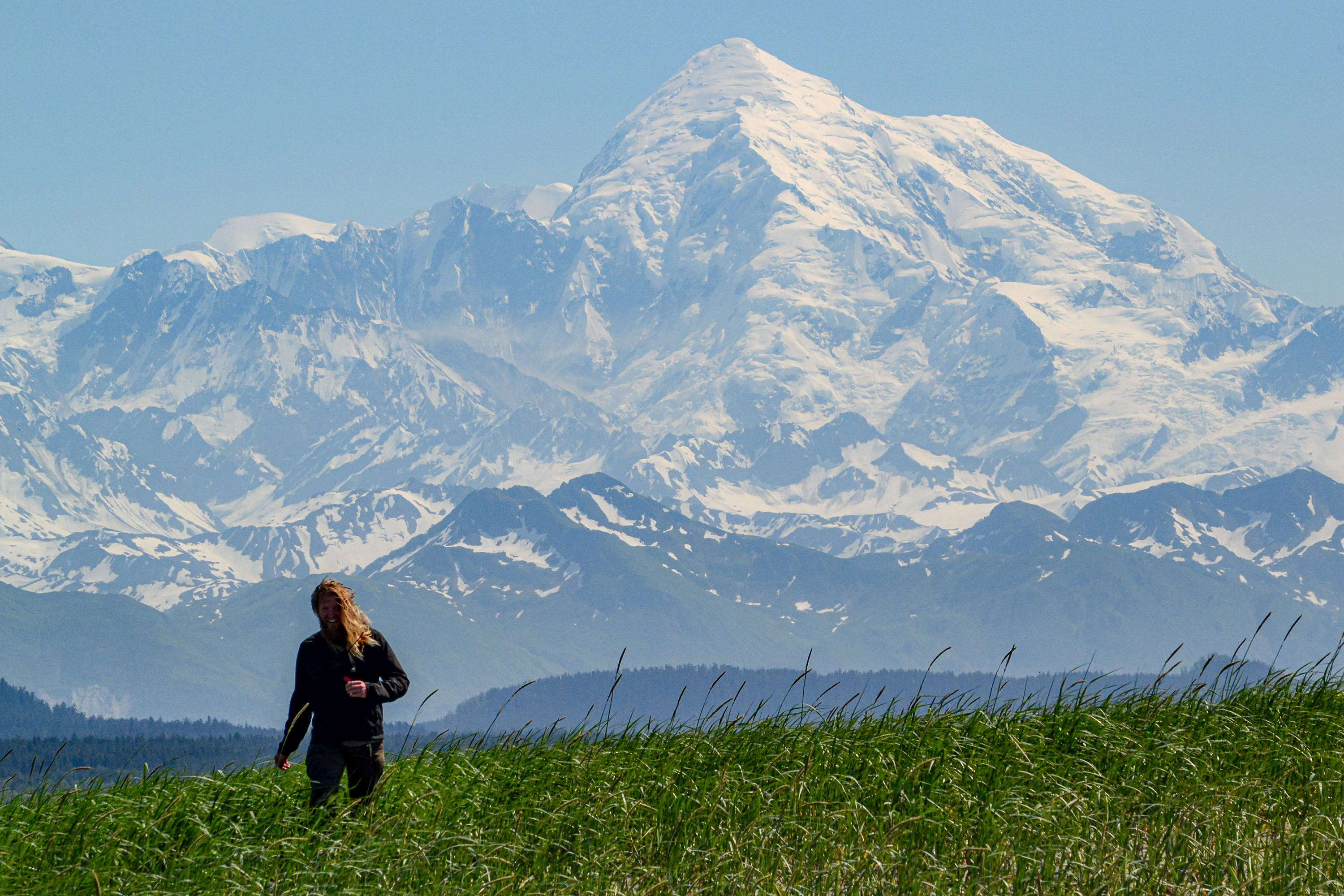
Mount WrightMount Wright stands at the opening of Muir Inlet, the east arm of Glacier Bay. 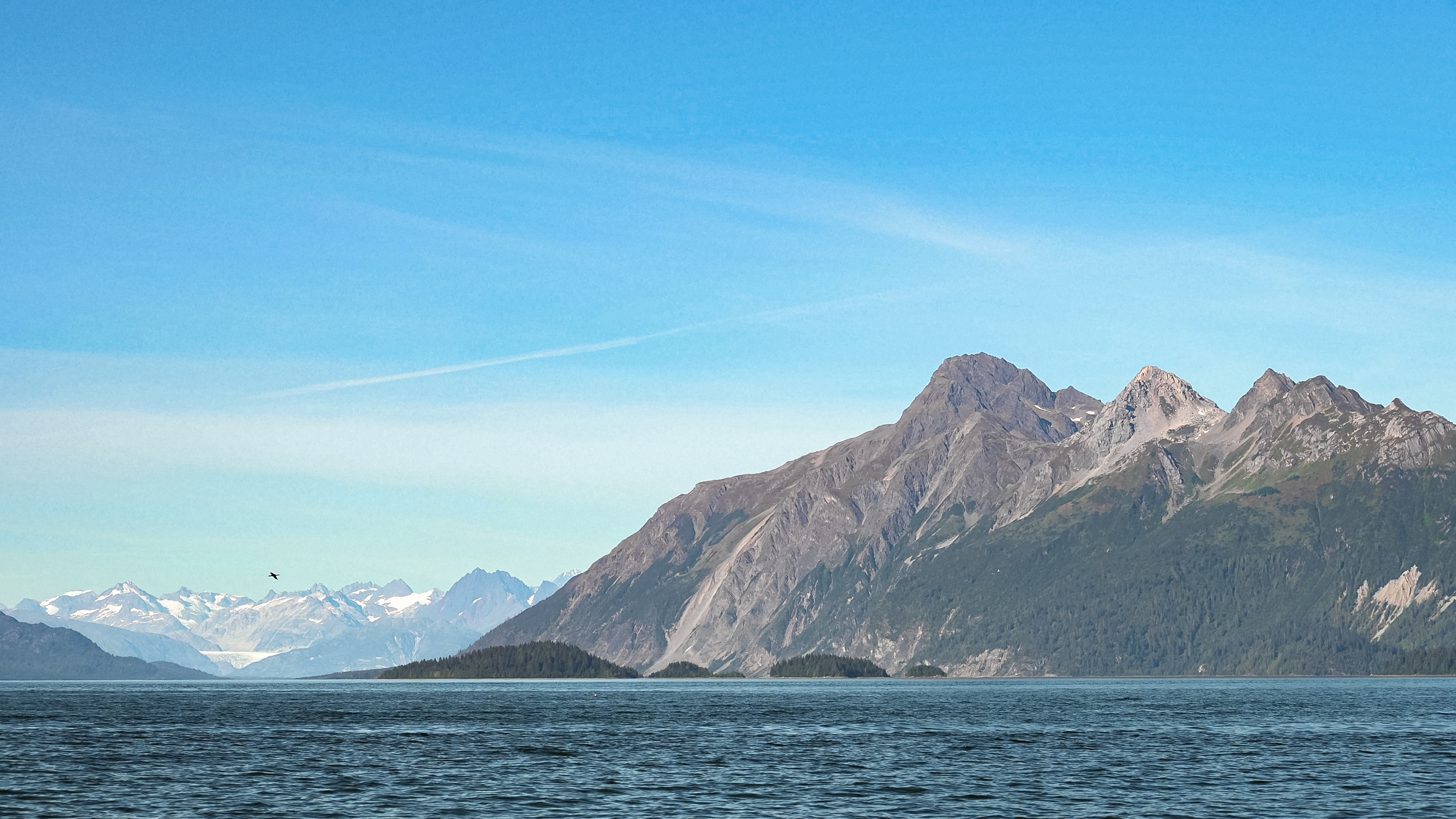
Mountain Goat - Gloomy KnobMountain Goats are a common sight on rocky outcroppings in Glacier Bay. 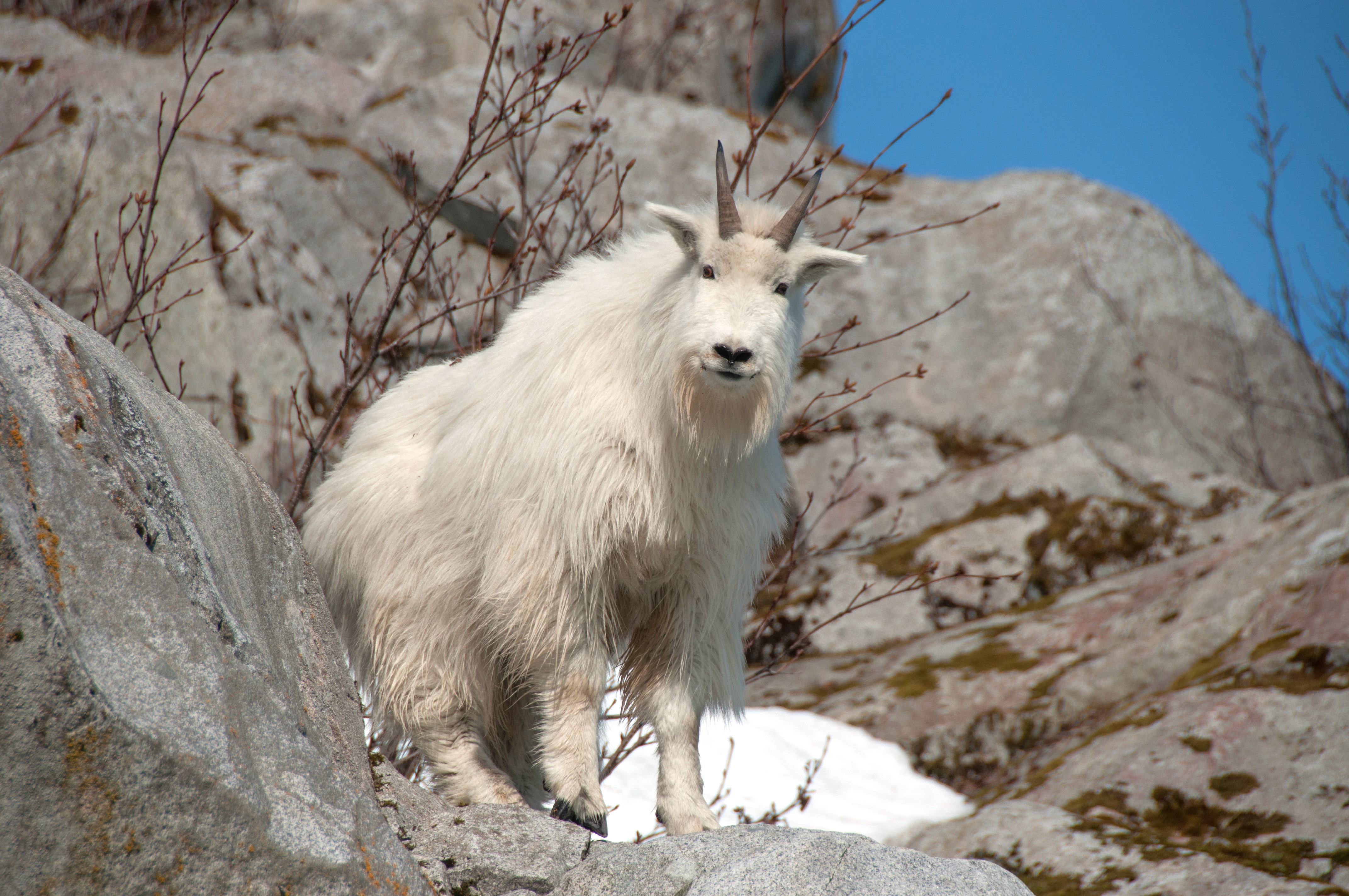
Muir InletMuir Inlet is the east arm of Glacier Bay. Somewhat less traveled than Glacier Bay's east arm, this inlet is named for John Muir, who helped protect Glacier Bay National Monument. 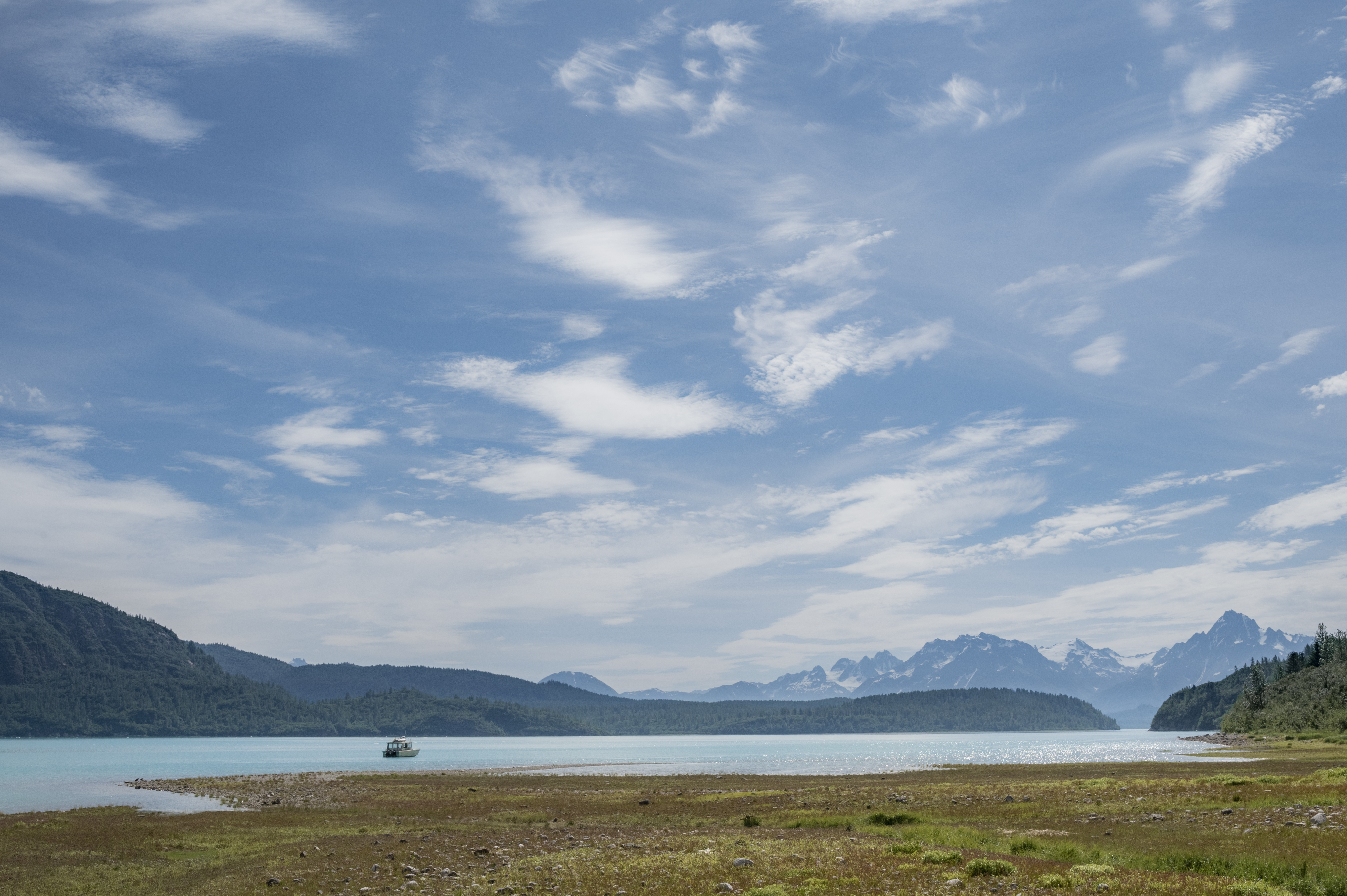
|
| Visitor Centers | Count: 2
Glacier Bay National Park Visitor Center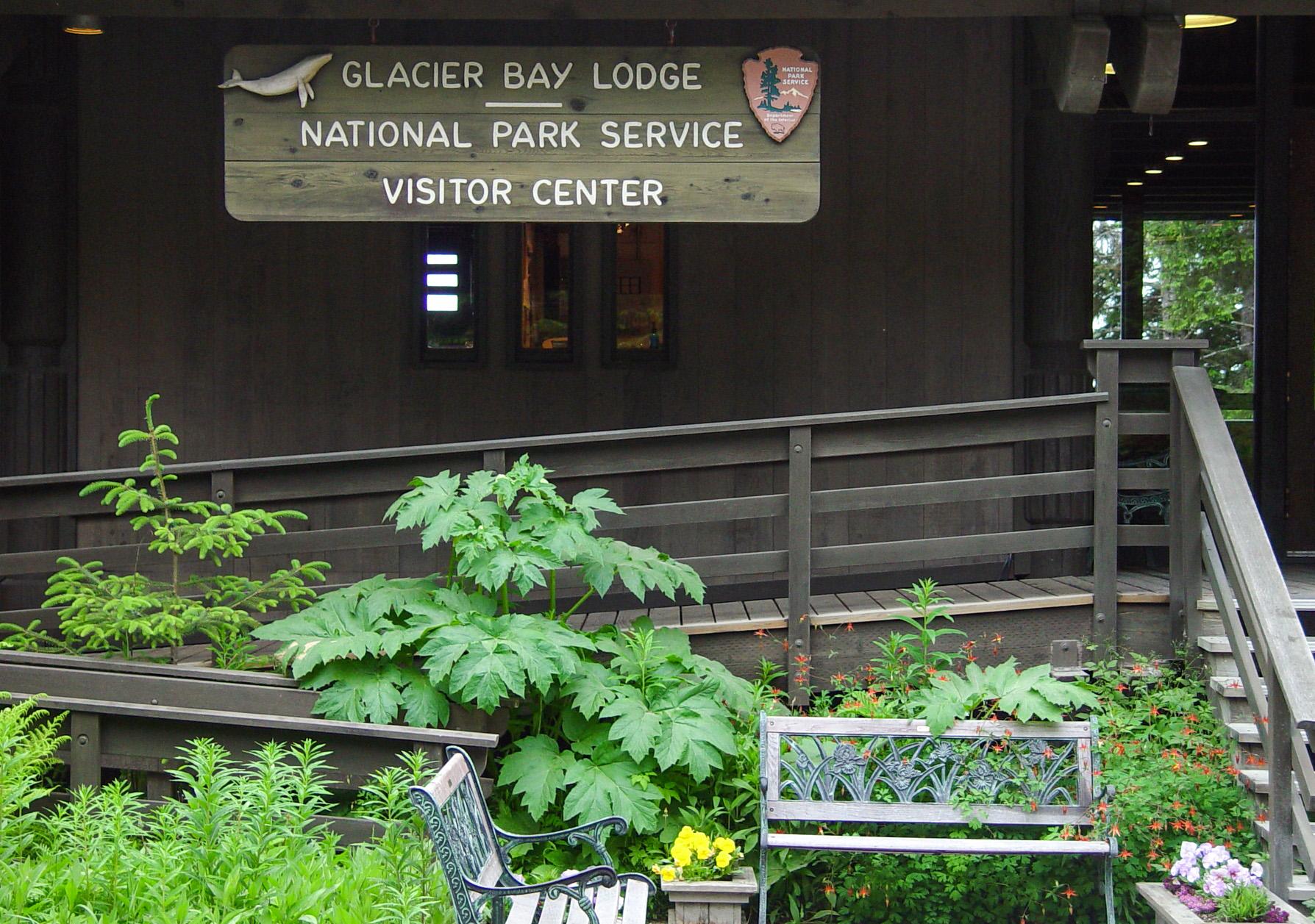
Visitor Information Station - Backcountry Office
|
| Things to do | Count: 6
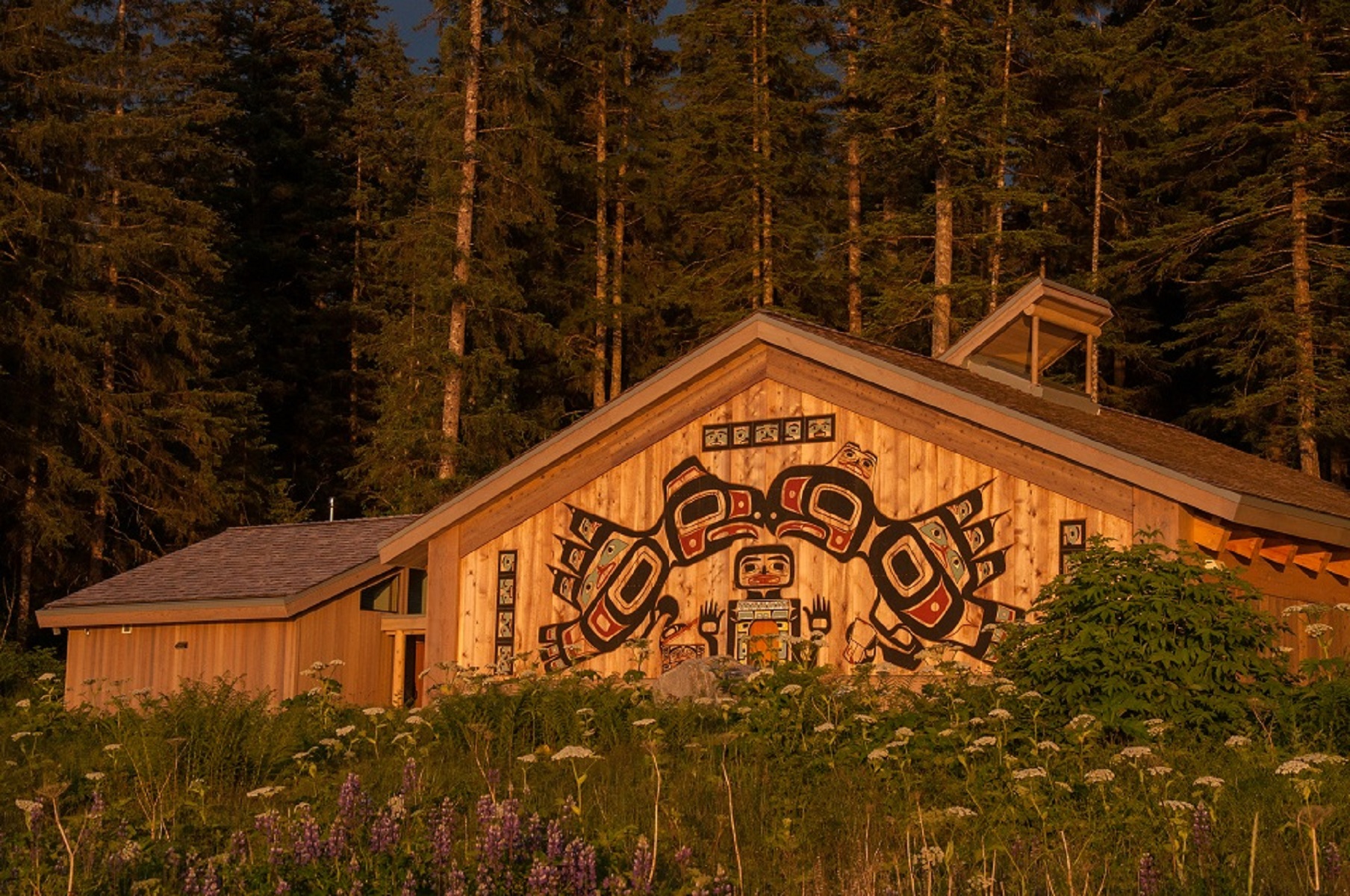

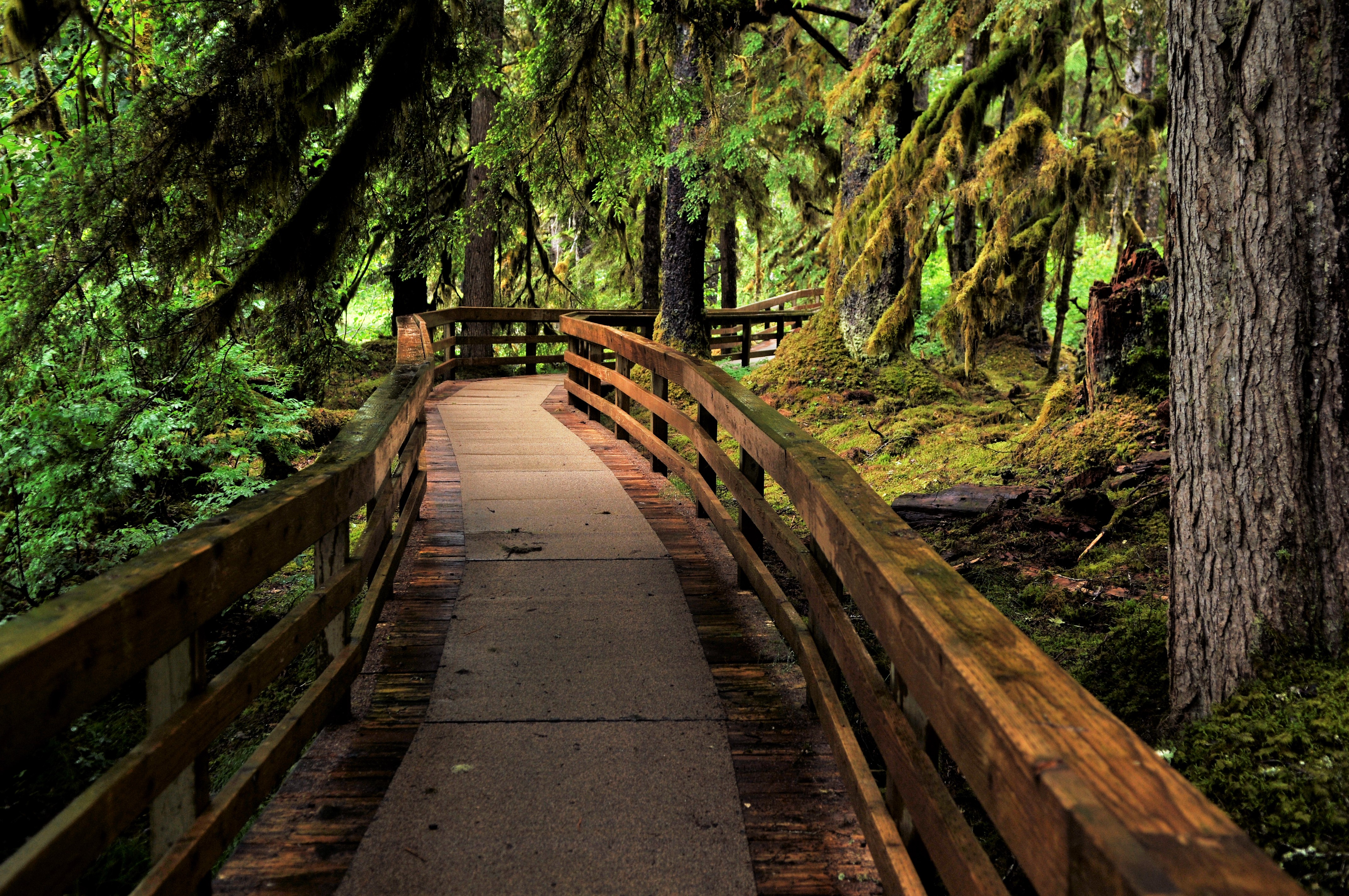
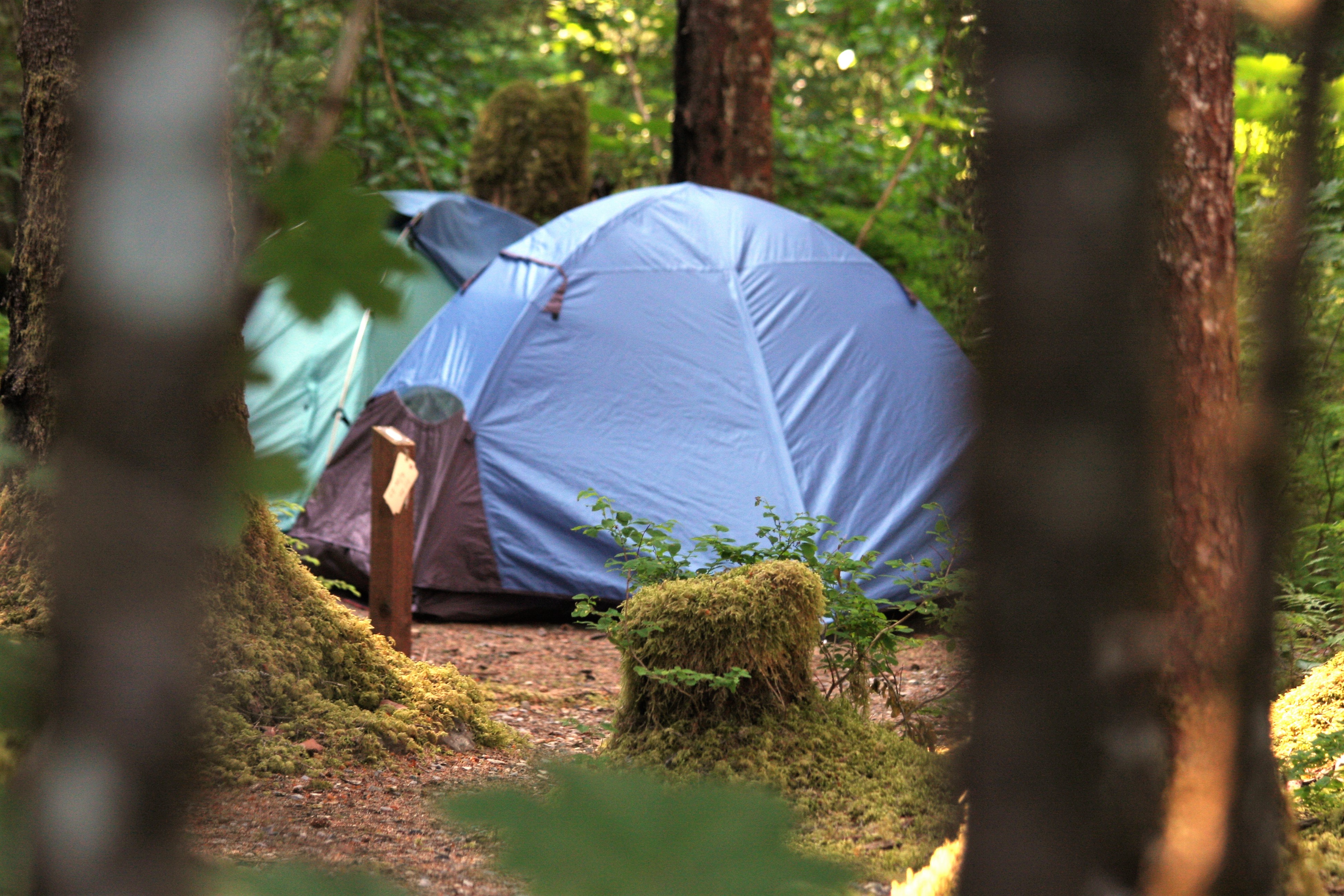
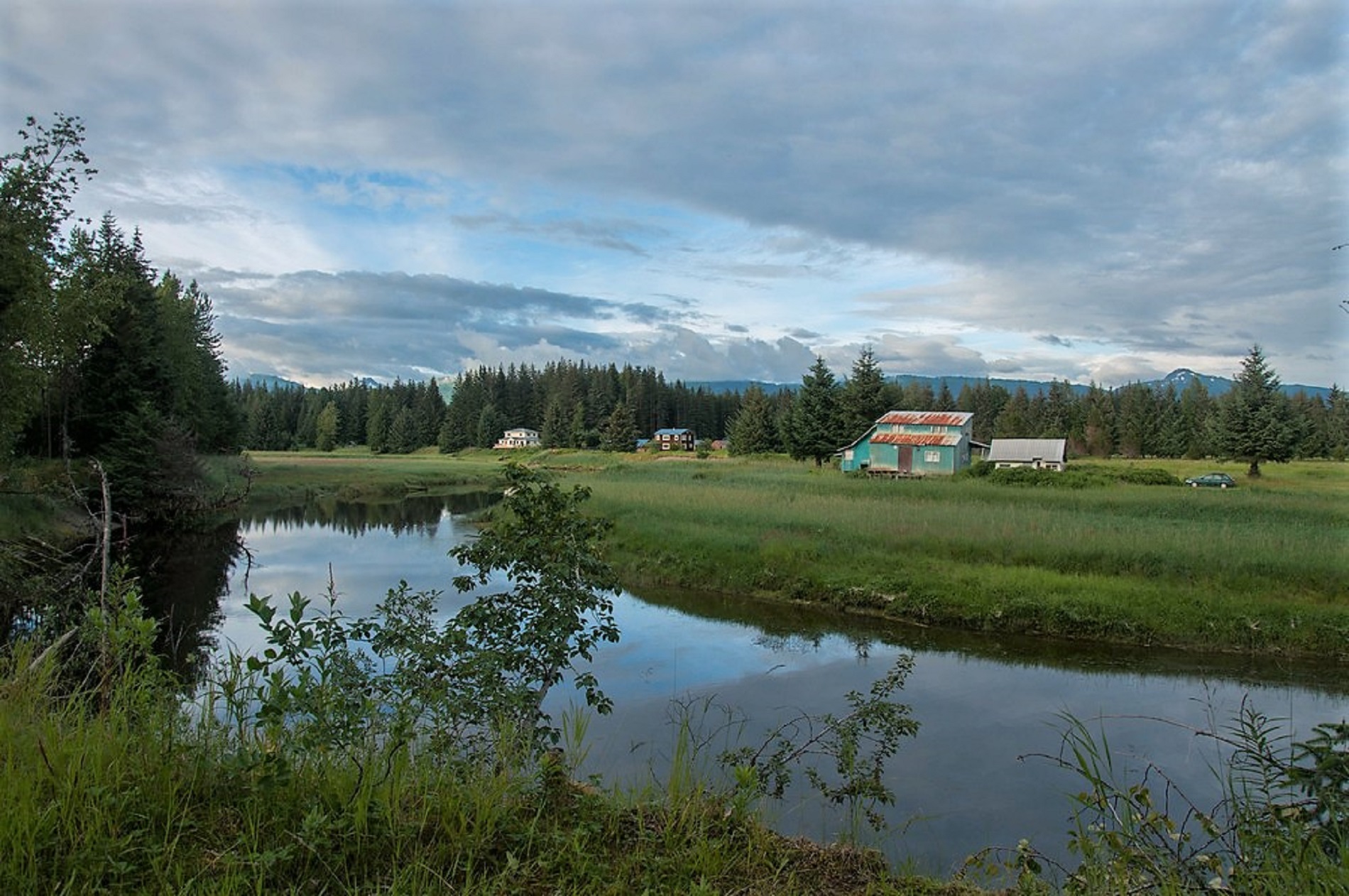
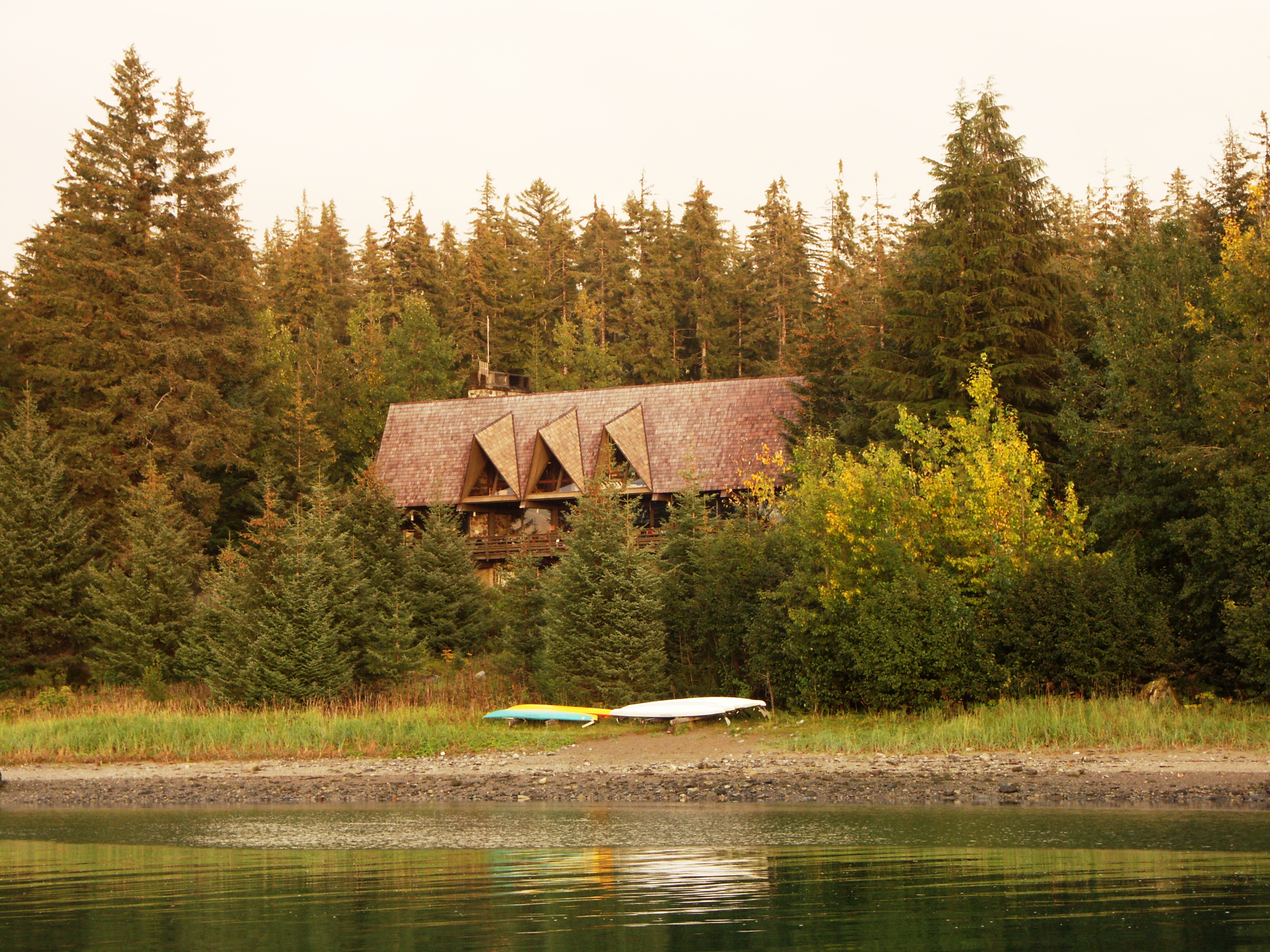
|
| Tours |
Count: 5
Boat through Glacier Bay!Follow a journey into Glacier Bay, with locations and descriptions hand-picked by Glacier Bay Park Rangers. Ethnobotany Walk in Bartlett CoveFind the useful plants of Glacier Bay and Bartlett Cove! The Tlingit have called Glacier Bay home since time immemorial. Learn the Tlingit words for the many edible and useful plants found in Glacier Bay. Tour starts at the Whale 68 (Snow) exhibit, but can be started at the far end of the Tlingit trail and completed in reverse. CAUTION: Glacier Bay is home to several inedible or dangerous plants. Do not consume wild plants unless you are certain it is safe to eat. Guided Walk - Forest Loop TrailJoin this guided walk written by a Glacier Bay Park Ranger. The Forest Loop Trail is a great short hike in Bartlett Cove, able to completed in an average of about 45 minutes. The Birds of South Marble IslandLearn the many species of birds who call South Marble Island home! This rocky island is not only home to endangered Steller Sea Lions, but also many birds who feast in the productive waters surrounding the island. Keep a look out for humpback whales who also frequent this area. Walk Bartlett CoveWalk through Bartlett Cove's developed area, discover rich cultural history, scientific research, and natural wonders. This tour starts at the Visitor Information Station (VIS) due to the large parking area, but could be completed in any convenient order. |
| Articles |
|